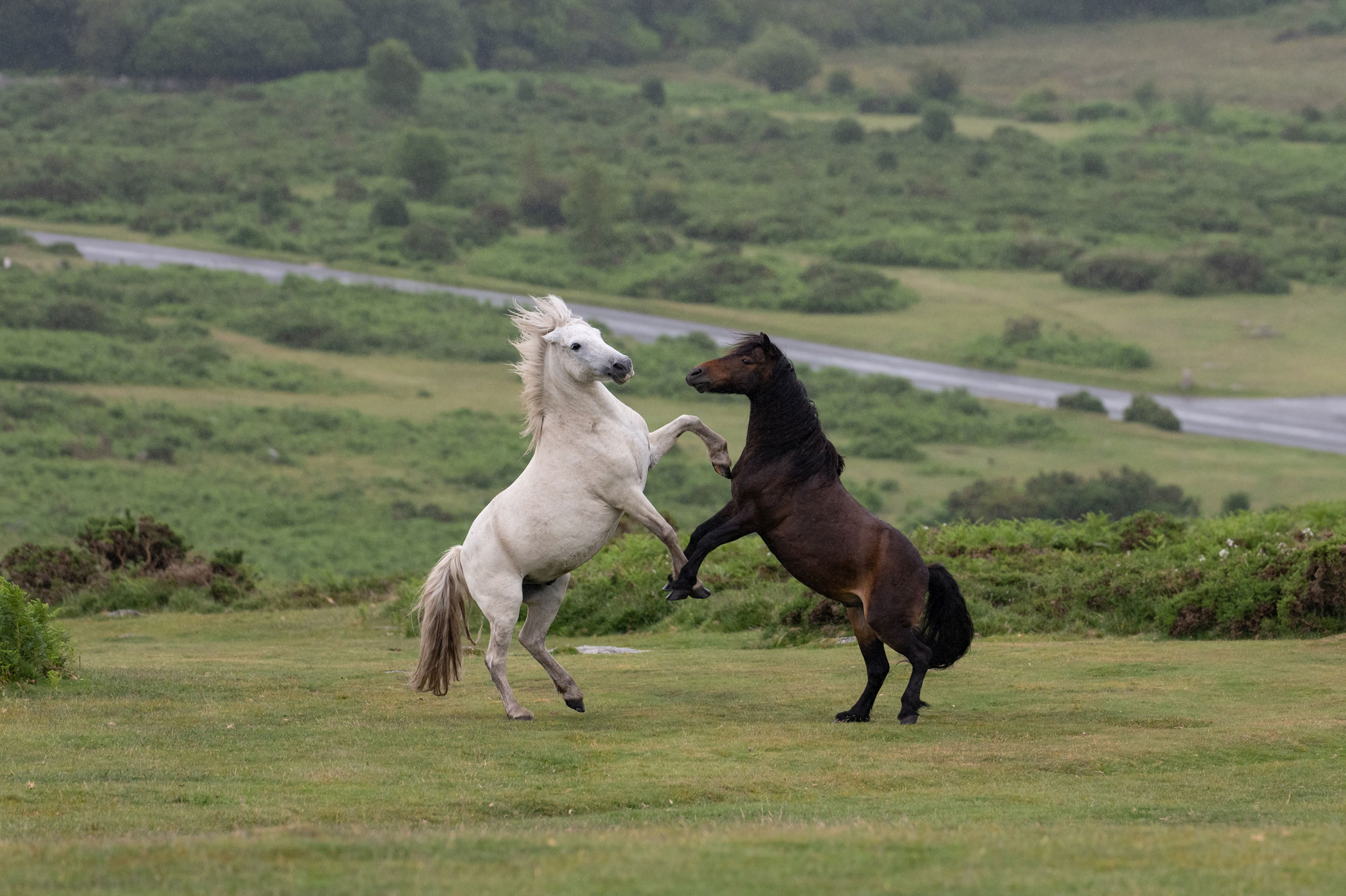
Review: Panasonic S1R II Full-frame Mirrorless Camera
Published 29 October 2025 by MPB
In February 2025, Panasonic came back strong with the S1R II. With its new 44.3-megapixel sensor, 8K video recording, and rugged weather-sealed body, it’s a serious step up from the original Panasonic S1R.
To see how it handled in the real world, MPB’s Amy Moore took the Panasonic S1R II out to Dartmoor National Park. Come along for a windswept adventure and see the sort of images you could capture with the tough, reliable S1R II. We’ll cover its autofocus and motion-tracking skills in the wild and explore how it handles foggy, atmospheric evenings. And if you don’t feel like getting cosy with this feature-packed hybrid, we’ll point you to some strong alternatives.
Amy tested the Panasonic Lumix S1R II with the Sigma 70-200mm f/2.8 DG DN OS L Sport, Sigma 150-600mm f/5-6.3 DG DN OS L Sport, Panasonic S 35mm f/1.8 and Leica 24-70mm f/2.8 VE-SL ASPH.
Panasonic S1R II Specs
Sensor | Full-frame |
Megapixels | 44 |
BSI | Yes |
Lens | L-Mount |
ISO | 80–51,200 |
ISO, exp | 40–102,400 |
Max shutter | 1/8000 |
Flash | Hot-shoe only |
Viewfinder | Electronic (EVF) |
Max video | 8.1K 25p / 5.8K RAW |
Storage type | Dual, SD, CFexpress Type B |
Weight, g | 795 |
Battery | DMW-BLK22 |
Battery, shots | 280 |
Dimensions, mm | 148.9x110x96.5 |
Released | February 2025 |
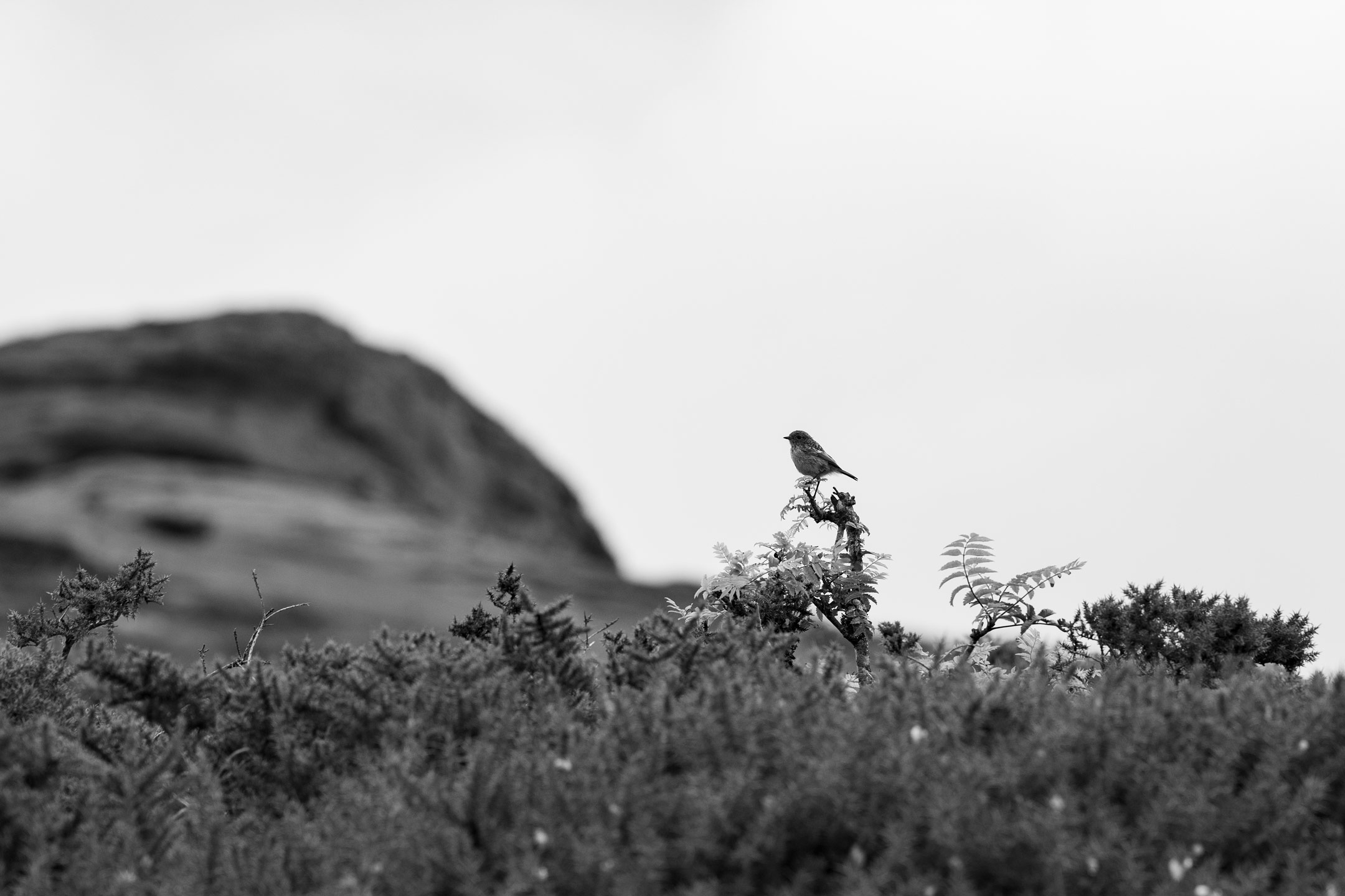
Amy Moore | Panasonic S1R II | Sigma 70-200mm f/2.8 DG DN OS Sport | 200mm | f/5 | 1/1000 | ISO 500
Pros
44-megapixel backside-illuminated (BSI) sensor
Dual native ISO
8.1K full-frame video with ProRes RAW
Robust and weather-sealed
Lighter than the original S1R
Dual card slots (CFexpress and SD)
Excellent in-body image stabilisation (IBIS), up to 8 stops
Great handling and customisable controls
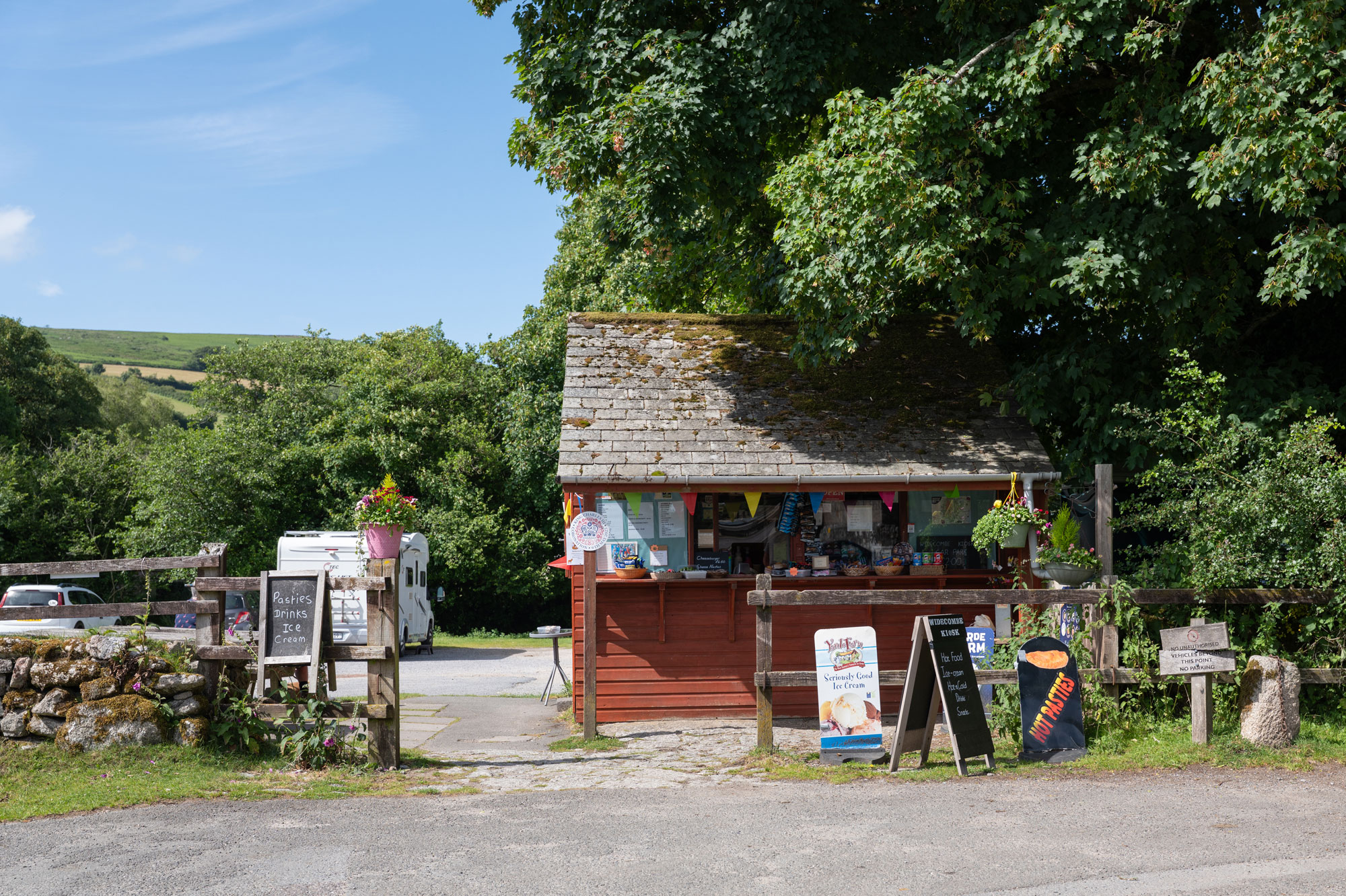
Amy Moore | Panasonic S1R II | Leica Vario-Elmarit-SL 24-70mm f/2.8 ASPH | 38mm | f/4.5 | 1/640 | ISO 125
Cons
Autofocus speed is not as fast as some alternatives
Can overheat in hot conditions during extended video shoots
No stacked sensor, so slower readout than some rivals
Average battery life
Chunky body size
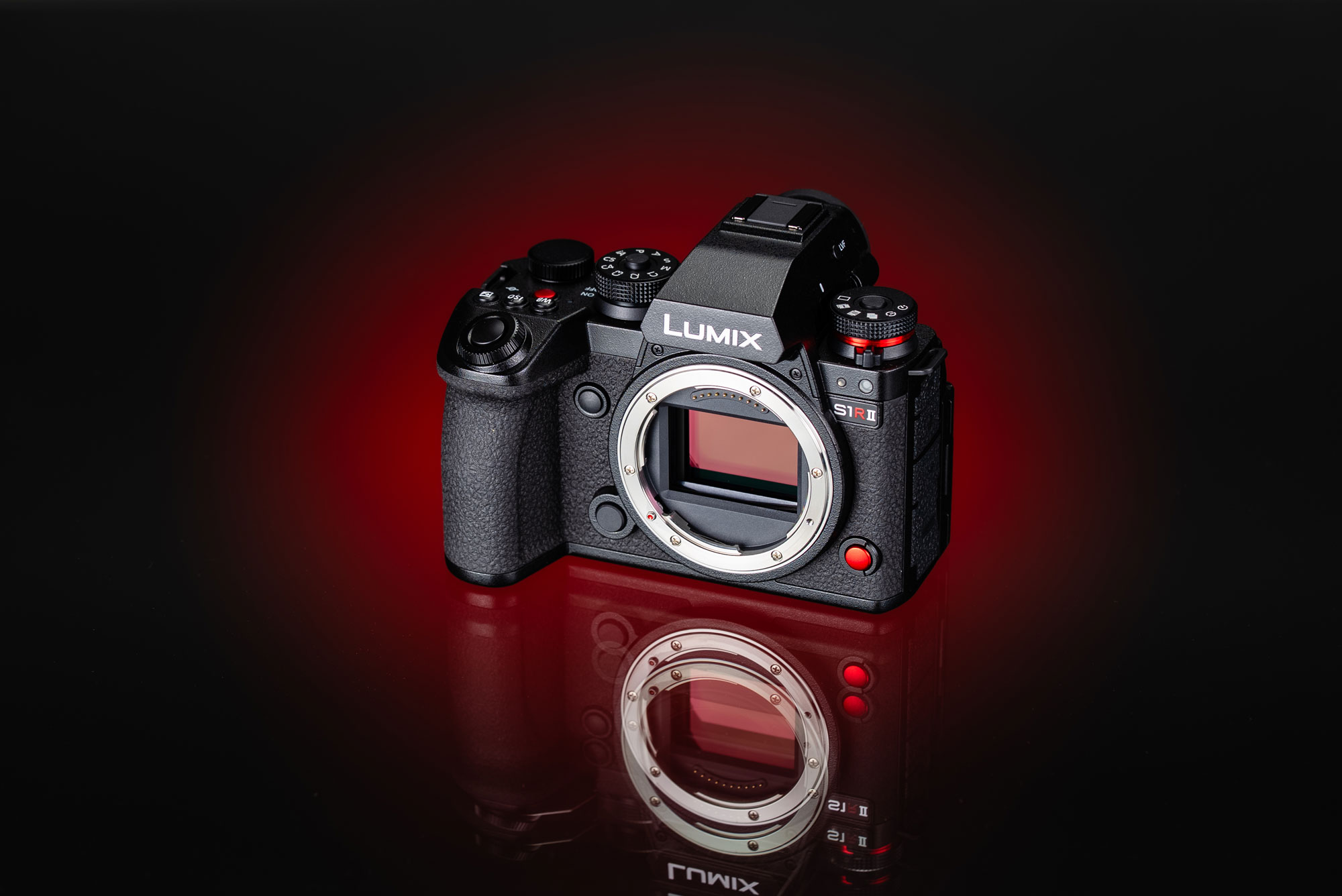
Used Panasonic S1R II
Design and Handling
The Panasonic S1R II feels robust. Weather-sealed against rain, wind and dust, it weighs 795 grams, lighter than the original S1R and balances nicely on a gimbal. Handheld, the chunky grip makes long shooting sessions as comfortable as possible.
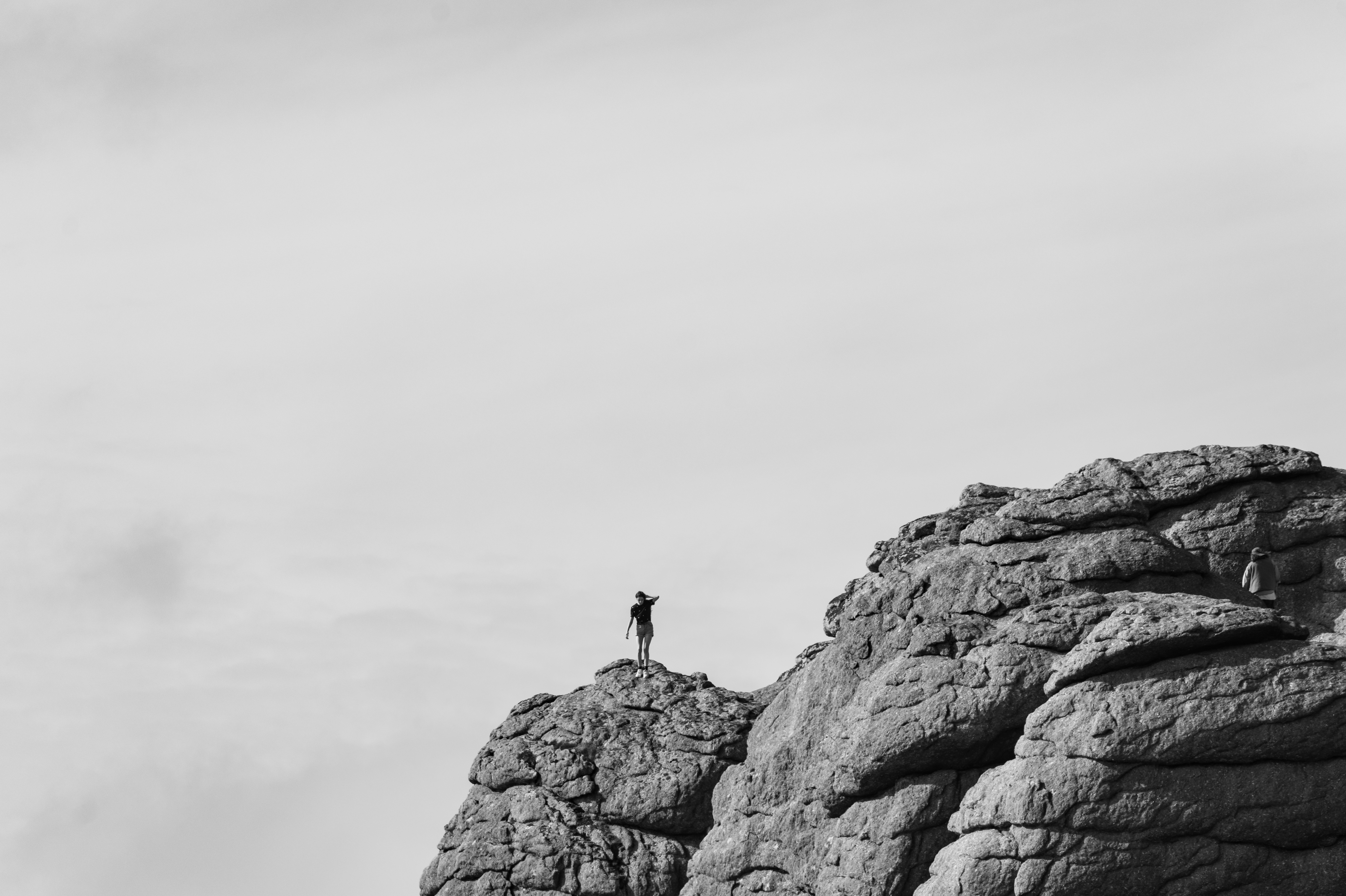
Amy Moore | Panasonic S1R II | Sigma 150-600mm f/5-6.3 DG DN OS Sport | f/9.0 | 1/1250 | ISO 400
Everything is within reach: the dials, the buttons, a smooth photo/video switch and a custom lock feature. This lets you disable specific controls, which isn’t something you get on many cameras.
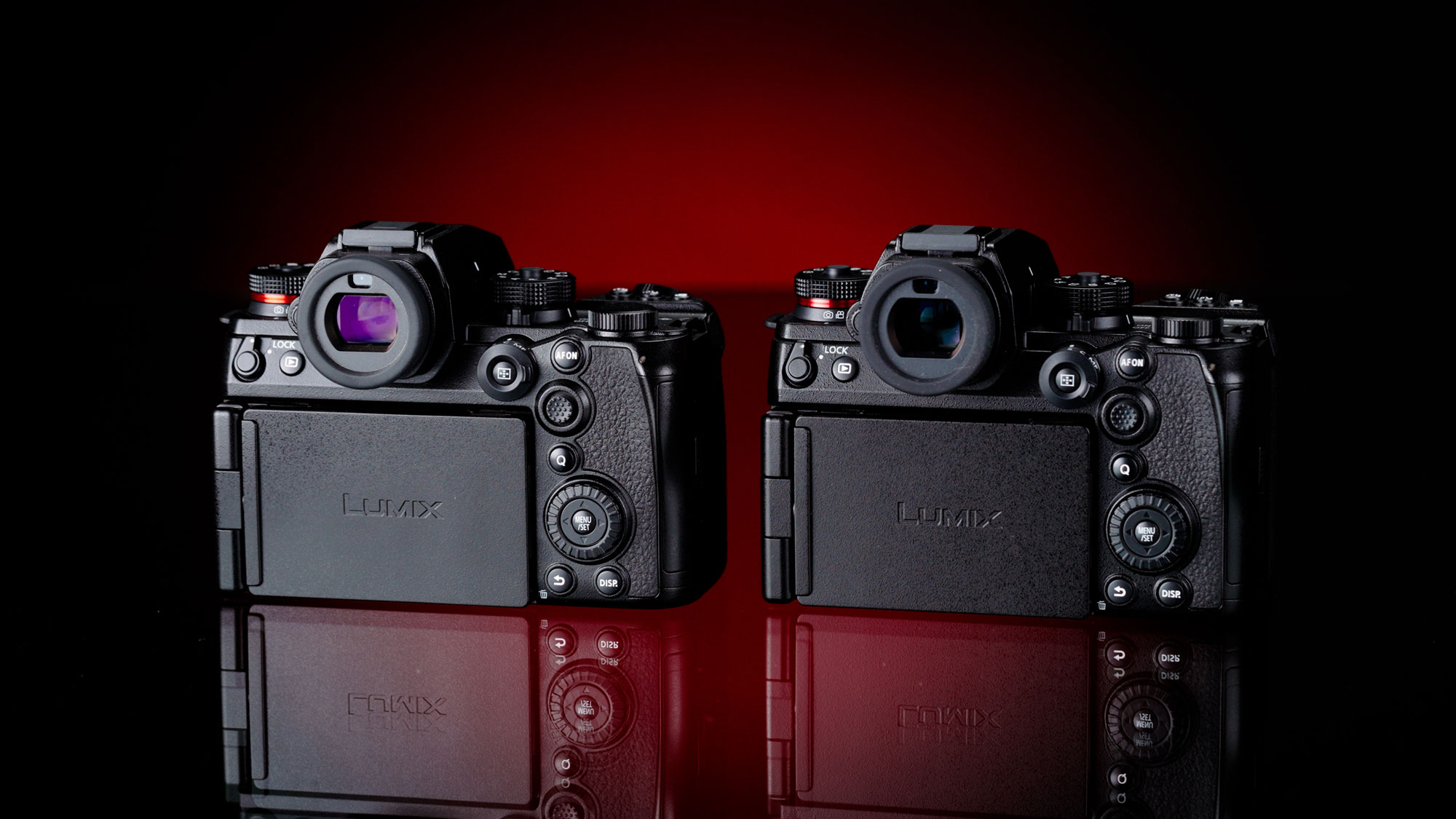
Used Panasonic S1R II | Used Panasonic S1 II
That said, the record button, which sits on the bottom left of the front, can get in the way when you’re shooting, which is annoying. Thankfully, the handy custom lock feature has you covered here, and I recommend using it.
The articulating screen sticks out a bit awkwardly, but it’s practical and easy to use for shooting from the hip or quickly taking portraits. The OLED viewfinder is clear and comfortable on the brow bone (shout out to the rounded edge), even after hours of use.
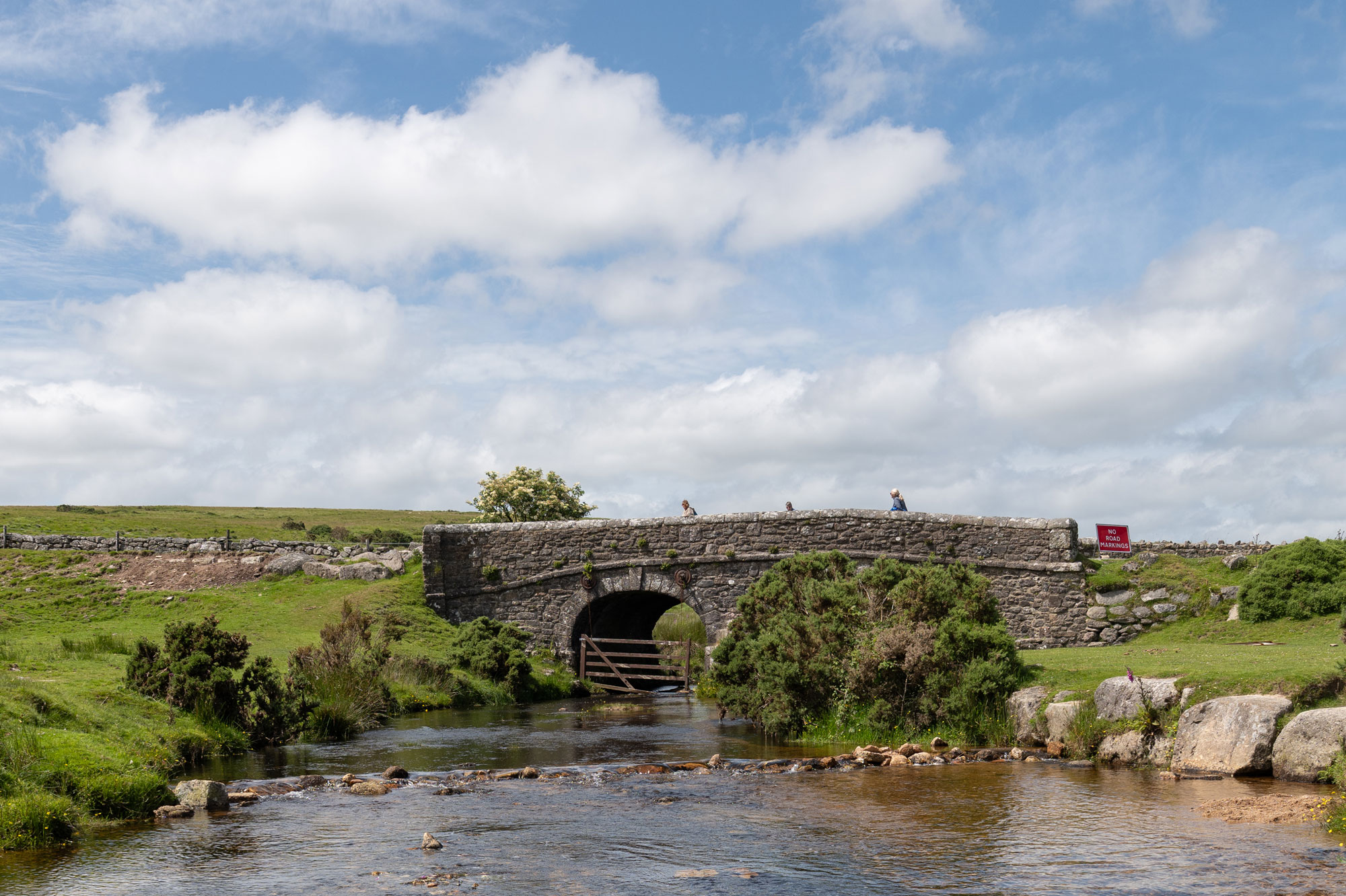
Amy Moore | Panasonic S1R II | Leica Vario-Elmarit-SL 24-70mm f/2.8 ASPH | 24mm | f/6.3 | 1/500 | ISO 125
Image Quality
The S1R II excels in image quality, with the 44.3-megapixel sensor providing good detail. You can even shoot 176-megapixel handheld high-res images without a tripod. I tested it on Dartmoor rock formations and could see a small bump in texture and sharpness.
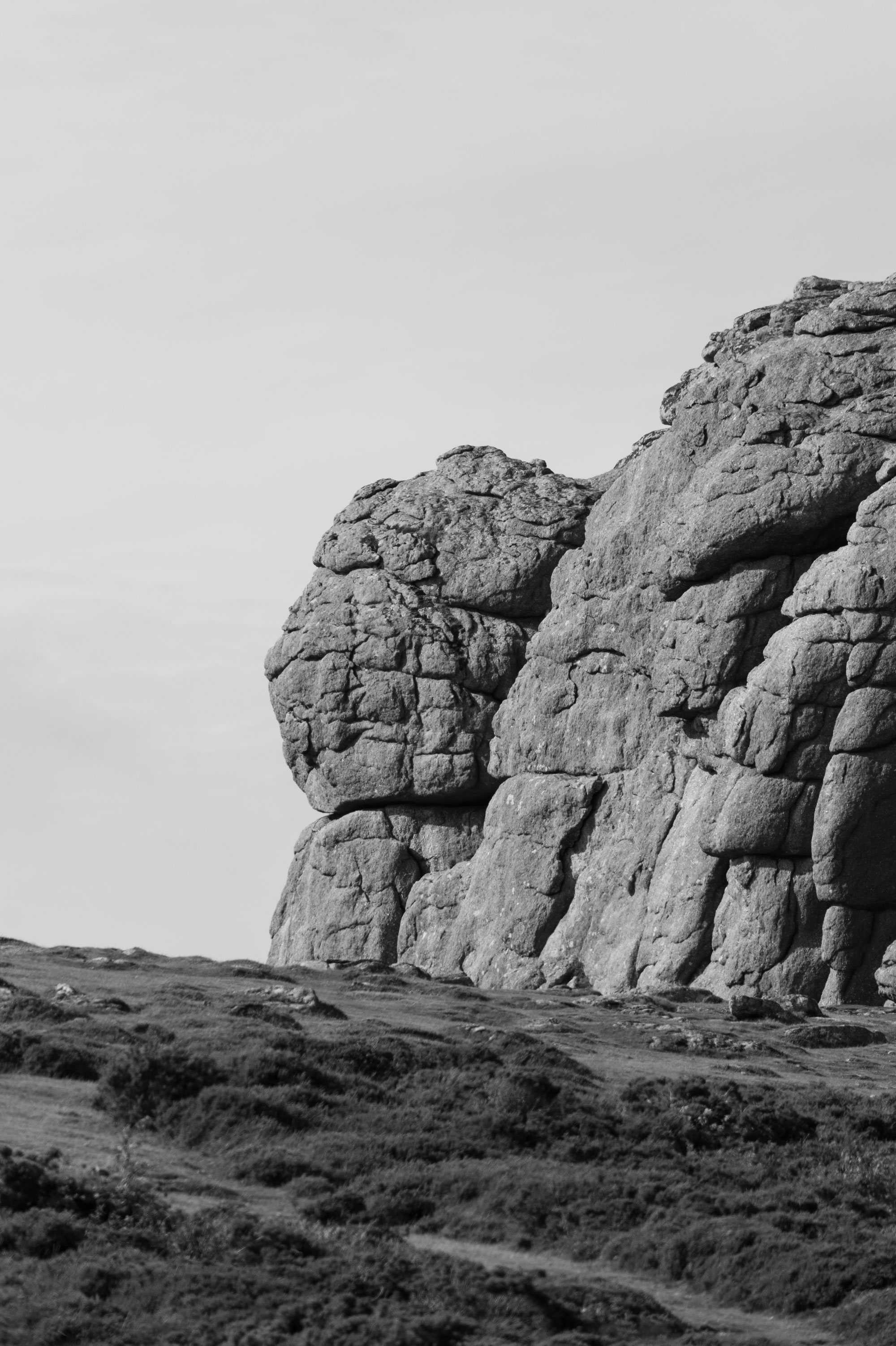
Amy Moore | Panasonic S1R II | Sigma 150-600mm f/5-6.3 DG DN OS Sport | 600mm | f/8.0 | 1/1250 | ISO 400
I was really impressed with the vividness of the colour shots. In good light, the S1R II gave colours that popped.
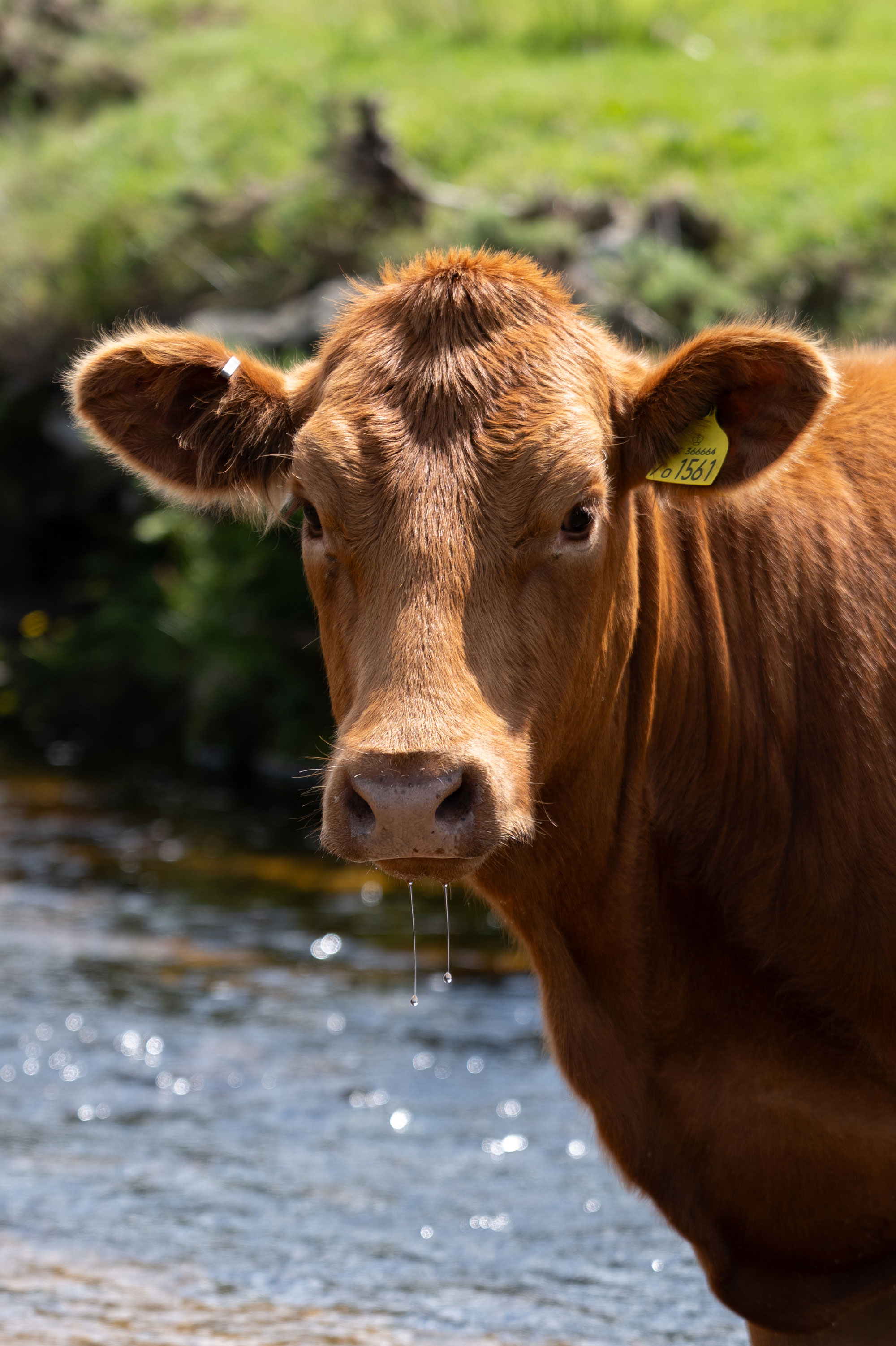
Amy Moore | Panasonic S1R II | Sigma 70-200mm f/2.8 DG DN OS Sport | 135mm | f/2.8 | 1/800 | ISO 80
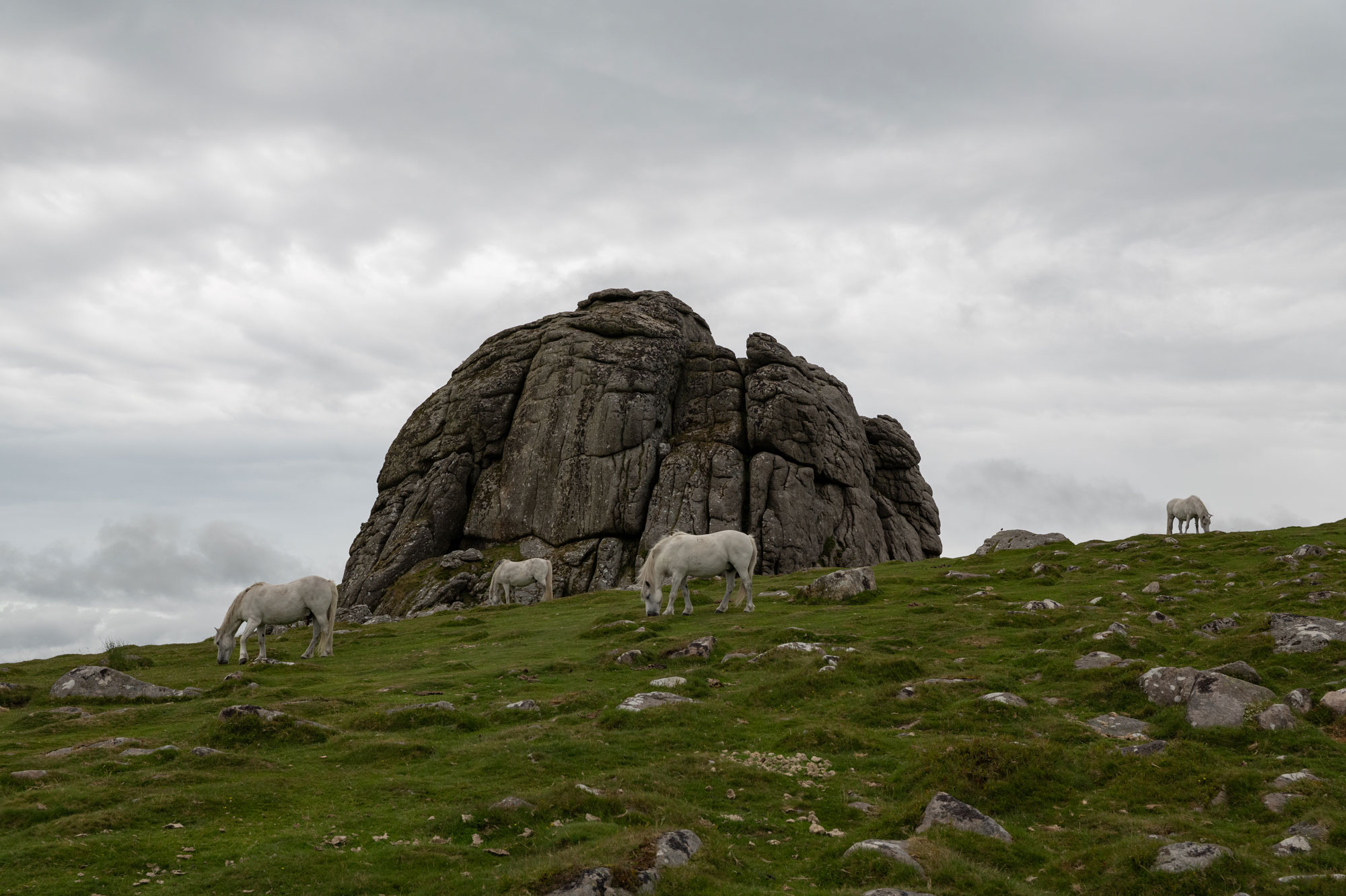
Amy Moore | Panasonic S1R II | Leica Vario-Elmarit-SL 24-70mm f/2.8 ASPH | 38mm | f/7.1 | 1/500 | ISO 500
Battery Life, Storage and Connectivity
Frankly, you’ll want a spare battery (or two) for longer outings or events—trust me on this. The Panasonic S1R II is an impressive camera, but some of its most demanding features, like high-burst shooting and High-Resolution mode, will have you keeping an eye on the depleting battery.
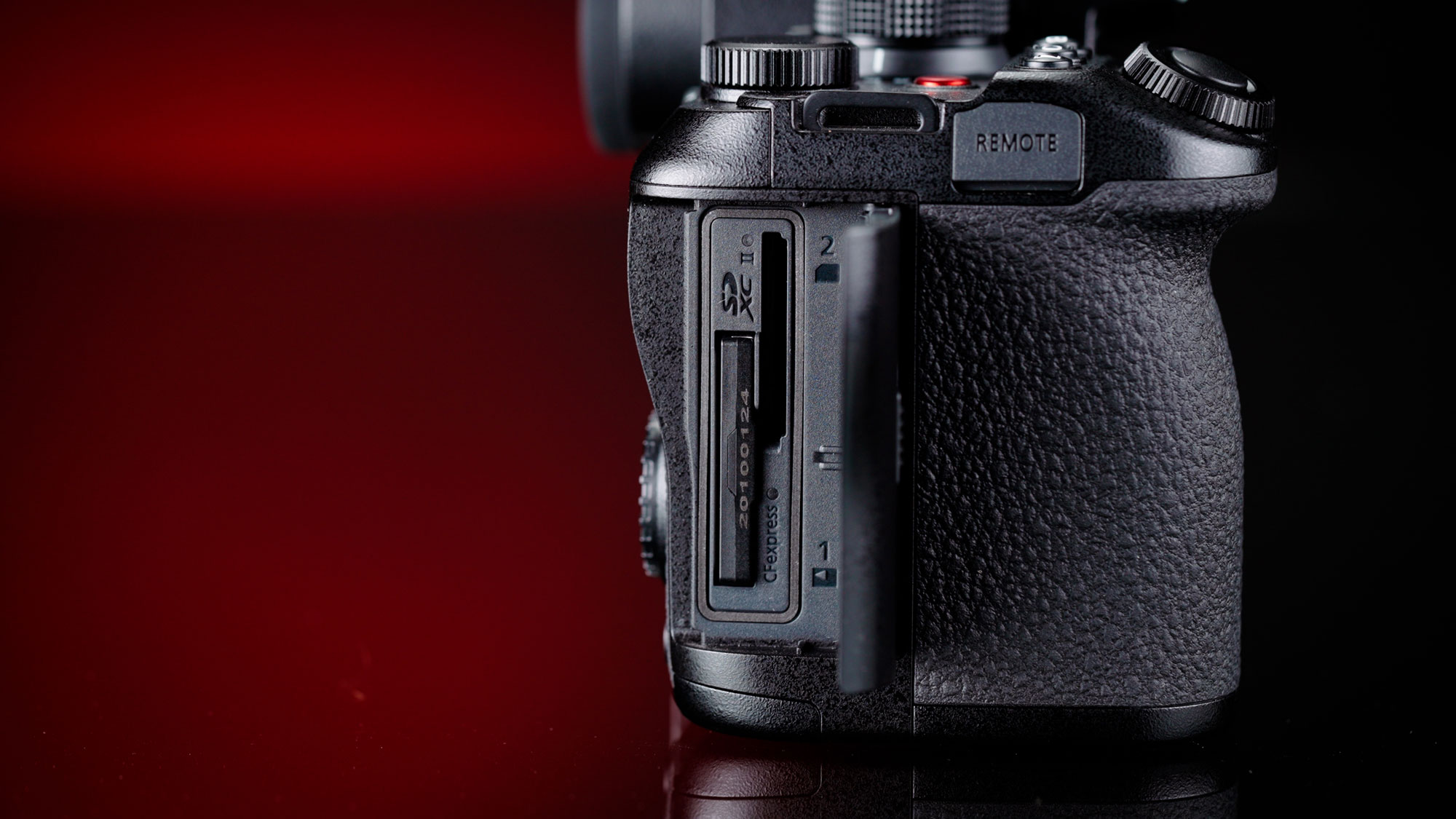
Used Panasonic S1R II | Dual storage
Dual slots (CFexpress Type B and UHS-II SD) give flexibility, and the option to connect an external SSD via USB-C 10Gbps future-proofs the S1R II for heavy video users. Panasonic has also thrown in a full HDMI port, Bluetooth timecode sync and UVC webcam support. Told you it was feature-packed.
Low Light and ISO
Despite being a high-resolution sensor, it handles low light surprisingly well. Out in Dartmoor, the Panasonic S1R II was usable at ISO 5000. Not perfect, but the images were clear. I’d usually stick to ISO 3200 or lower if I wanted to be safe but managed to get usable results above that.
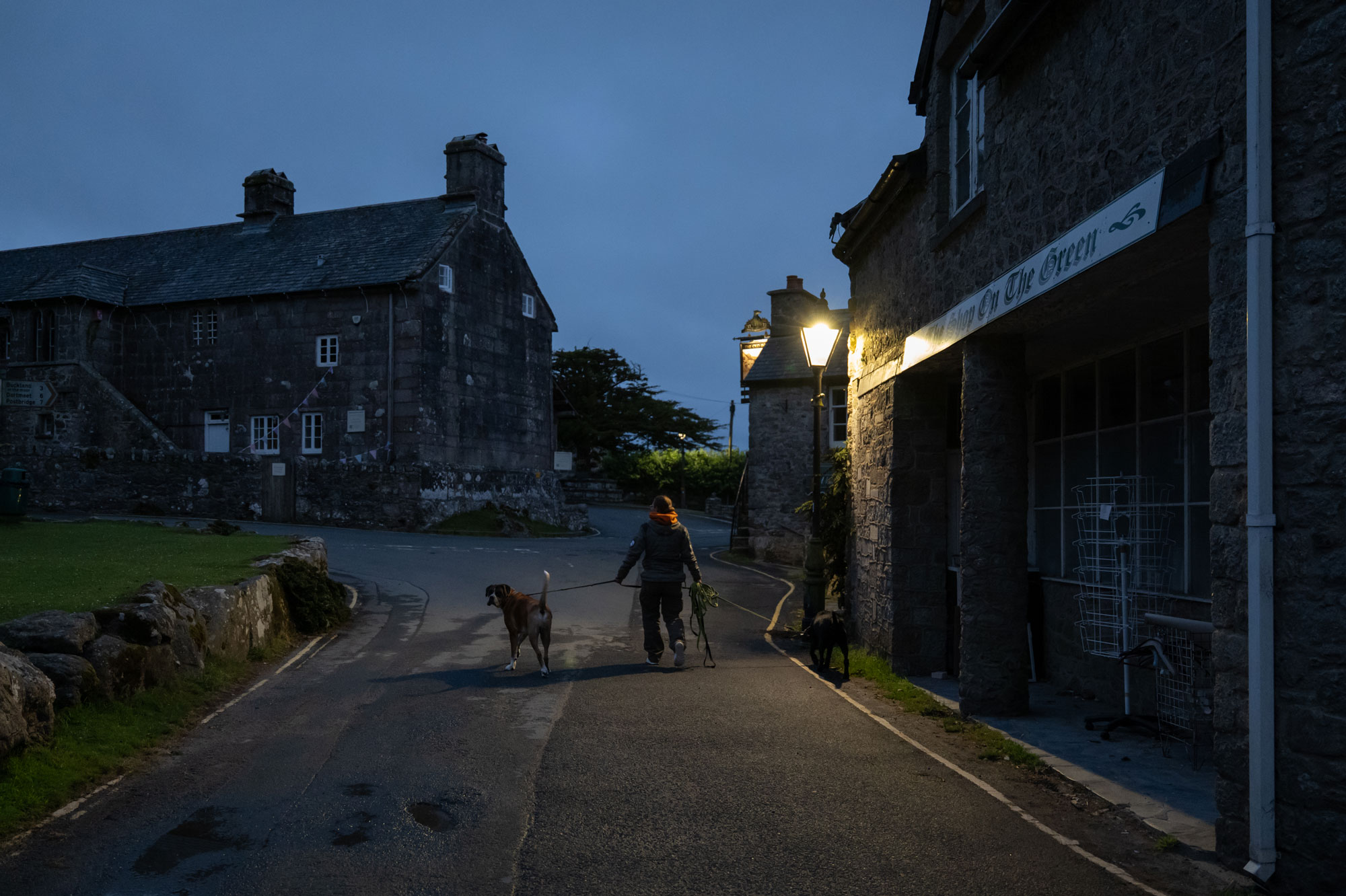
Amy Moore | Panasonic S1R II | Leica Vario-Elmarit-SL 24-70mm f/2.8 ASPH | 24mm | f/2.8 | 1/80 | ISO 5000
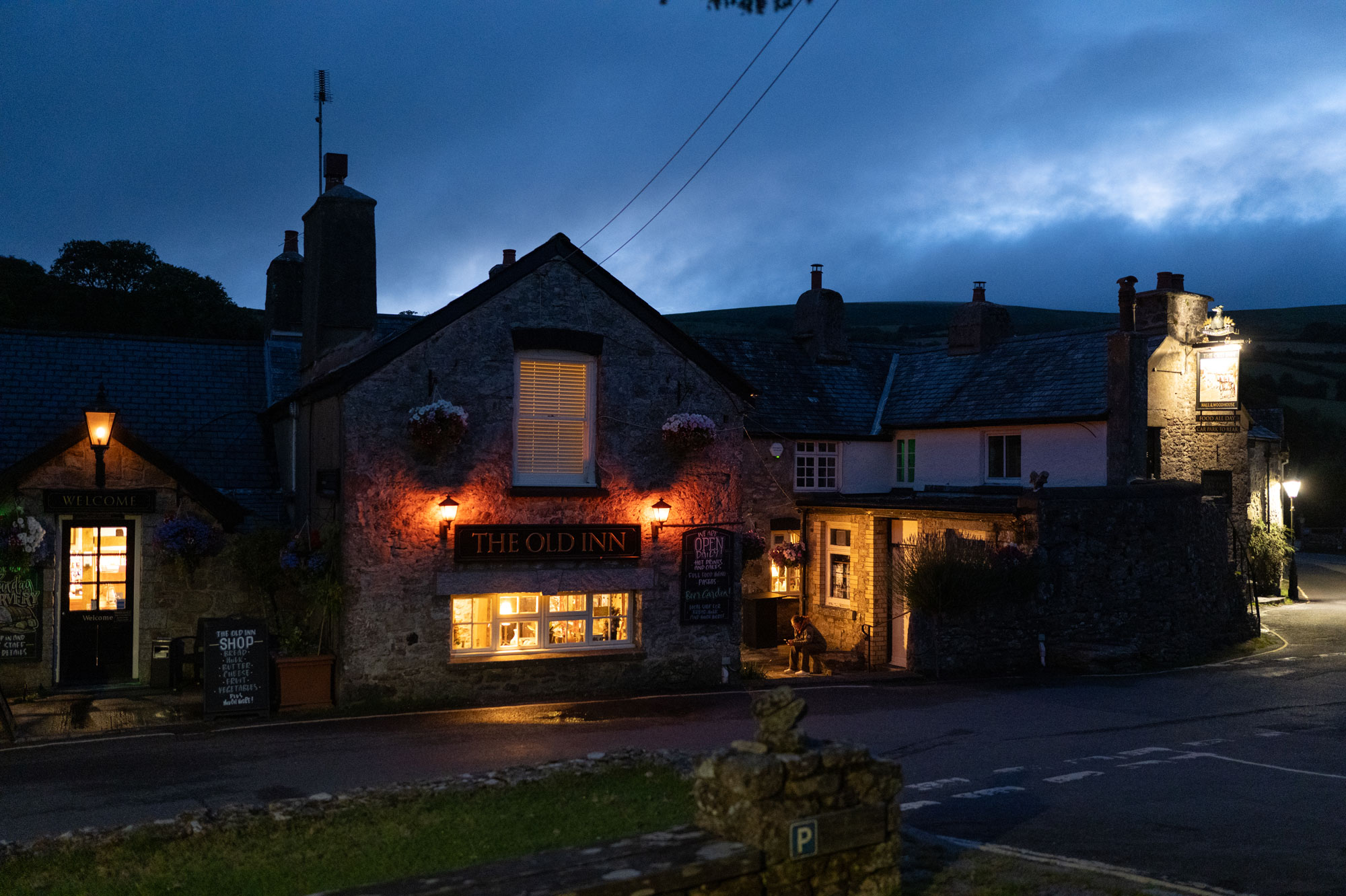
Amy Moore | Panasonic S1R II | Panasonic S 35mm f/1.8 | 35mm | f/1.8 | 1/40 | ISO 6400
One of the more unusual features on the S1R II is its dual native ISO function. For stills, that means base ISOs of 100 and 400, although in practice, there isn’t a huge difference in noise between the two. It’s more useful with video, where having two clean starting points gives you flexibility in different lighting conditions.
For photographers, the real advantage in low light comes from the in-body image stabilisation (IBIS). I managed to get a sharp handheld shot of a telephone box at 3.2 seconds, which says a lot about how steady the system can be with static subjects.
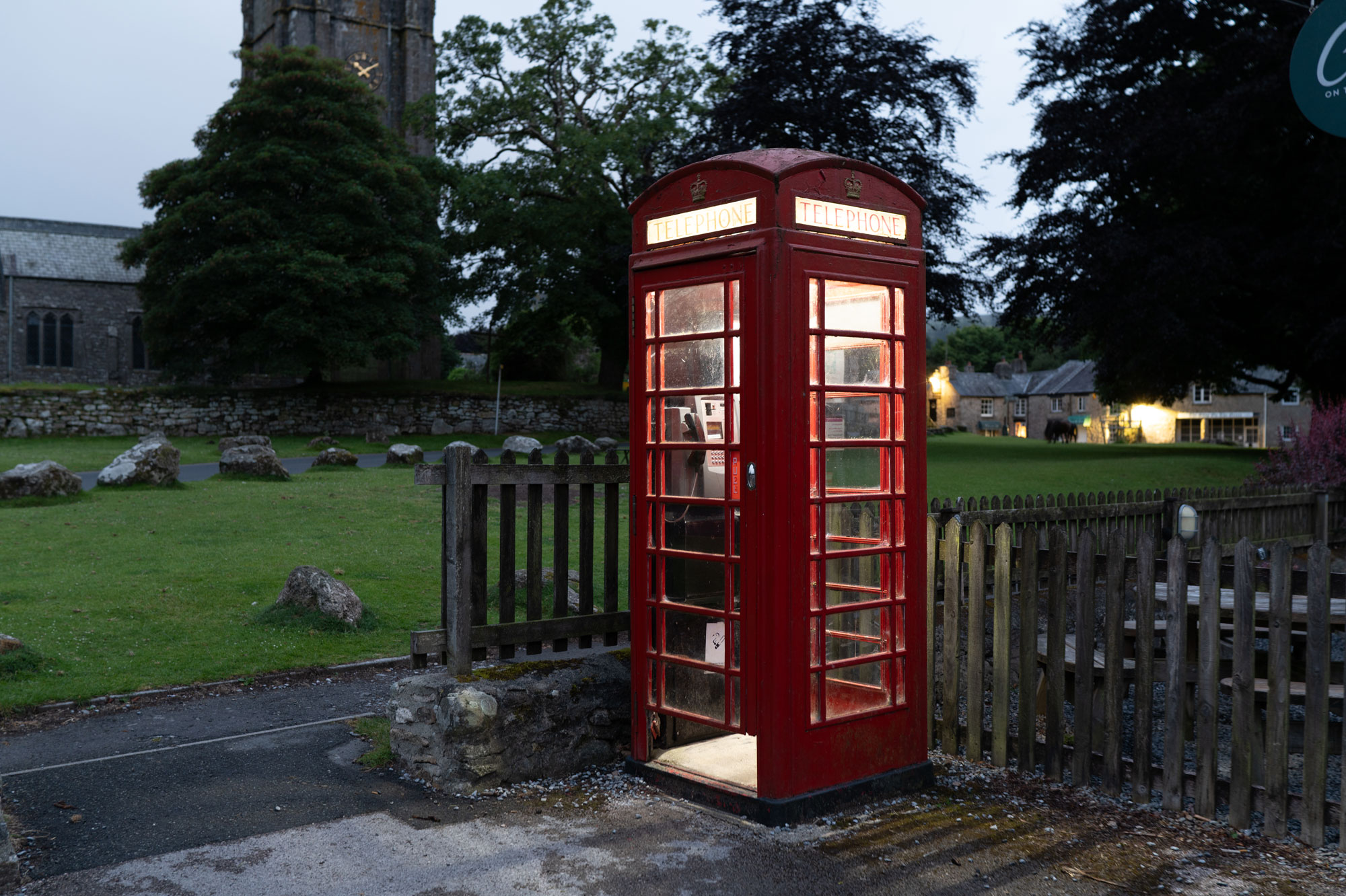
Amy Moore | Panasonic S1R II | Panasonic S 35mm f/1.8 | 35mm | f/3.2 | 1/6 | ISO 320
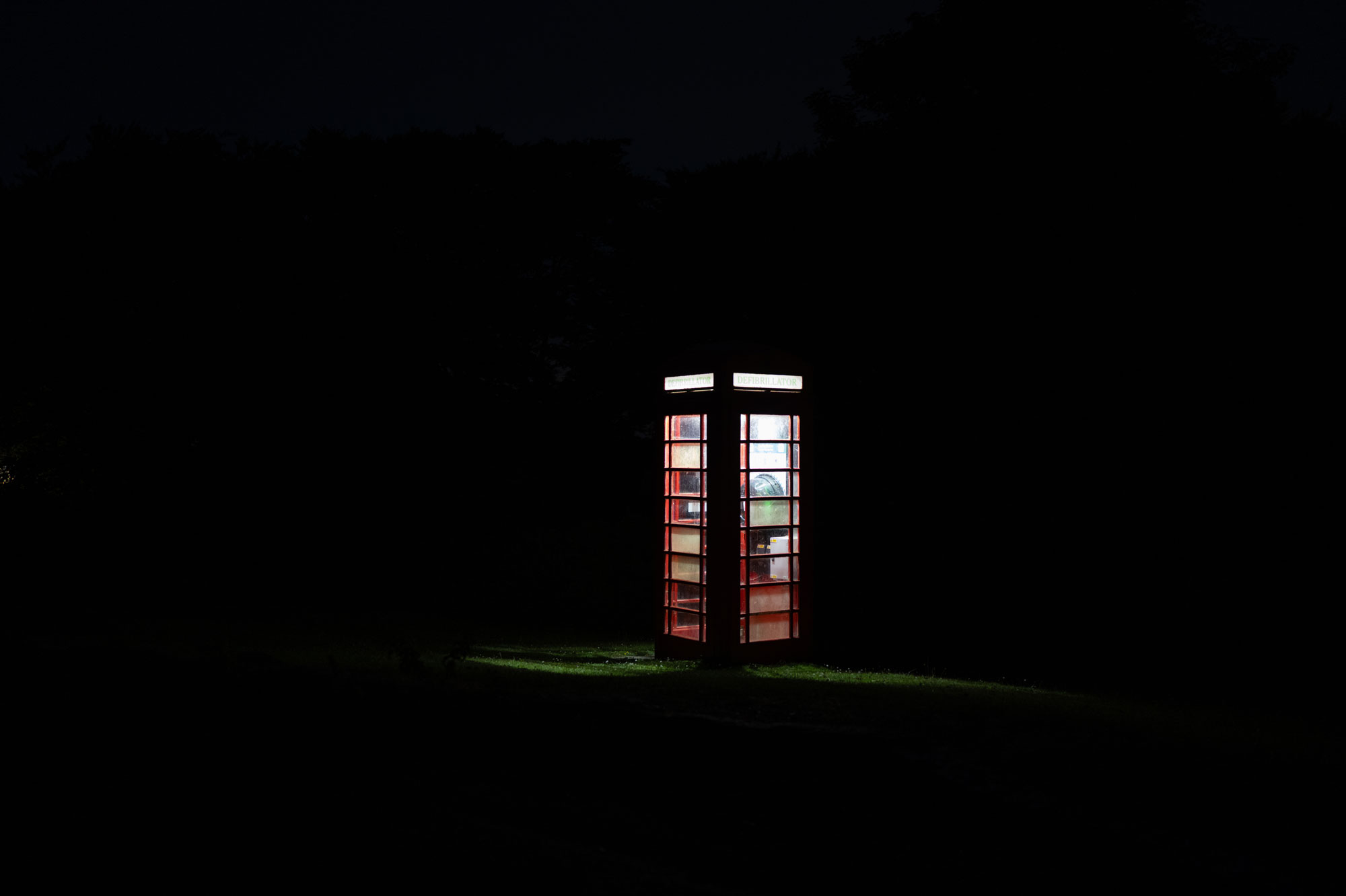
Amy Moore | Panasonic S1R II | Panasonic S 35mm f/1.8 | 35mm | f/1.8 | 1/6 | ISO 1600
Autofocus and Motion
On paper, the Panasonic S1R II autofocus system looks impressive: advanced 779-point phase-detection autofocus and AI-driven subject recognition. But as always, this depended on how it felt when out shooting.

Amy Moore | Panasonic S1R II | Sigma 70-200mm f/2.8 DG DN OS Sport | 193mm | f/4.0 | 1/1000 | ISO 800
Out in the wild, it did a great job with animals. This shot of horses shows how confidently it locked on and stayed there. When we tried something a bit tougher, like Jakub sprinting towards the camera, it mostly kept focus, only wobbling once or twice.
Panasonic has also added an Urban Sports recognition mode, available via a firmware update. This is handy if you shoot fast-moving people, but it doesn’t suddenly turn the S1R II into a dedicated camera for sports.
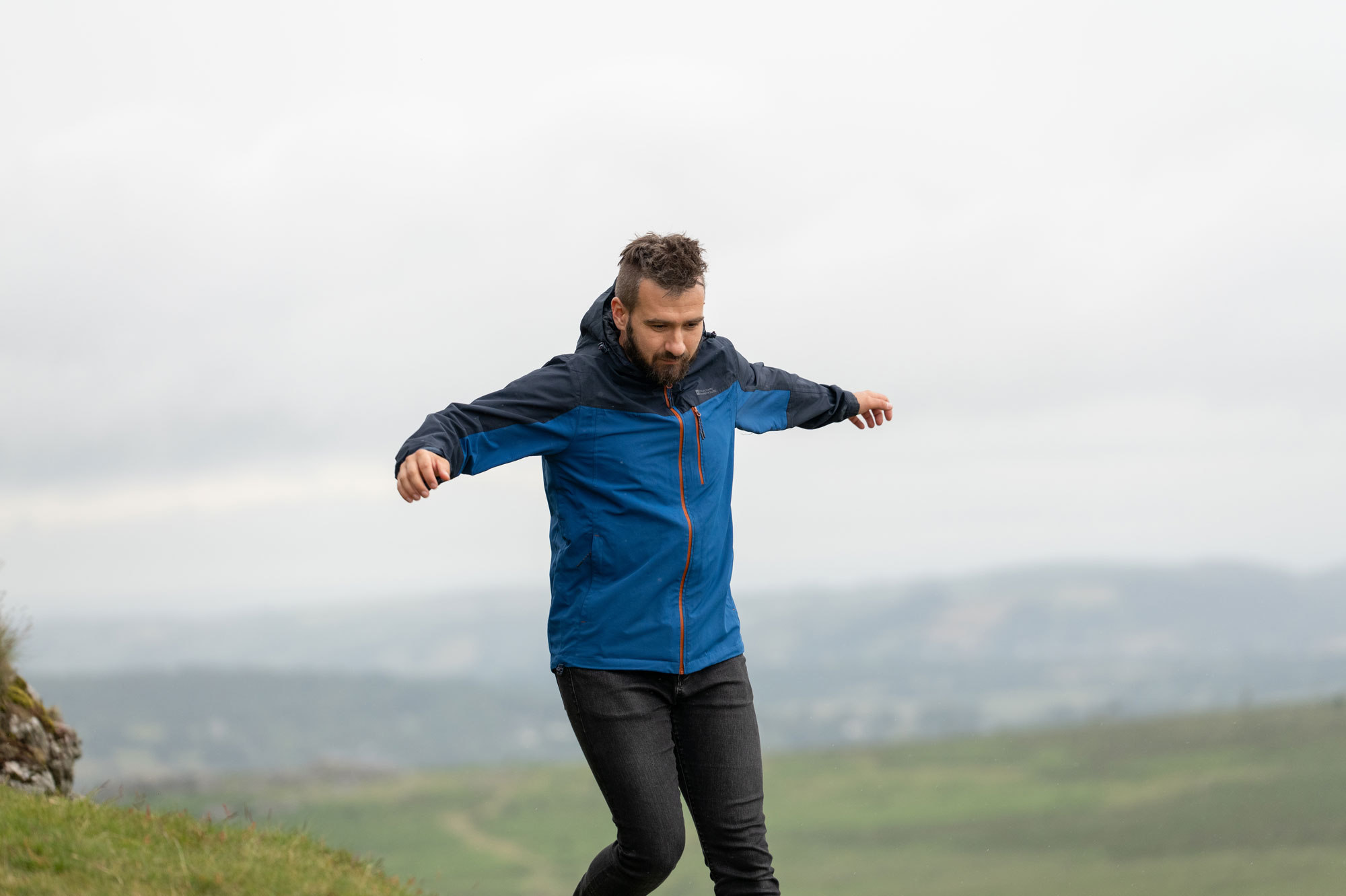
Amy Moore | Panasonic S1R II | Sigma 70-200mm f/2.8 DG DN OS Sport | 144mm | f/3.5 | 1/1250 | ISO 800
Video and Overheating
This S1R II is packed with video features. You can shoot:
8.1K open gate (after the latest firmware update)
4K 120p slow motion
5.8K RAW
Internal ProRes RAW HQ
V-Log with up to 14 stops of dynamic range
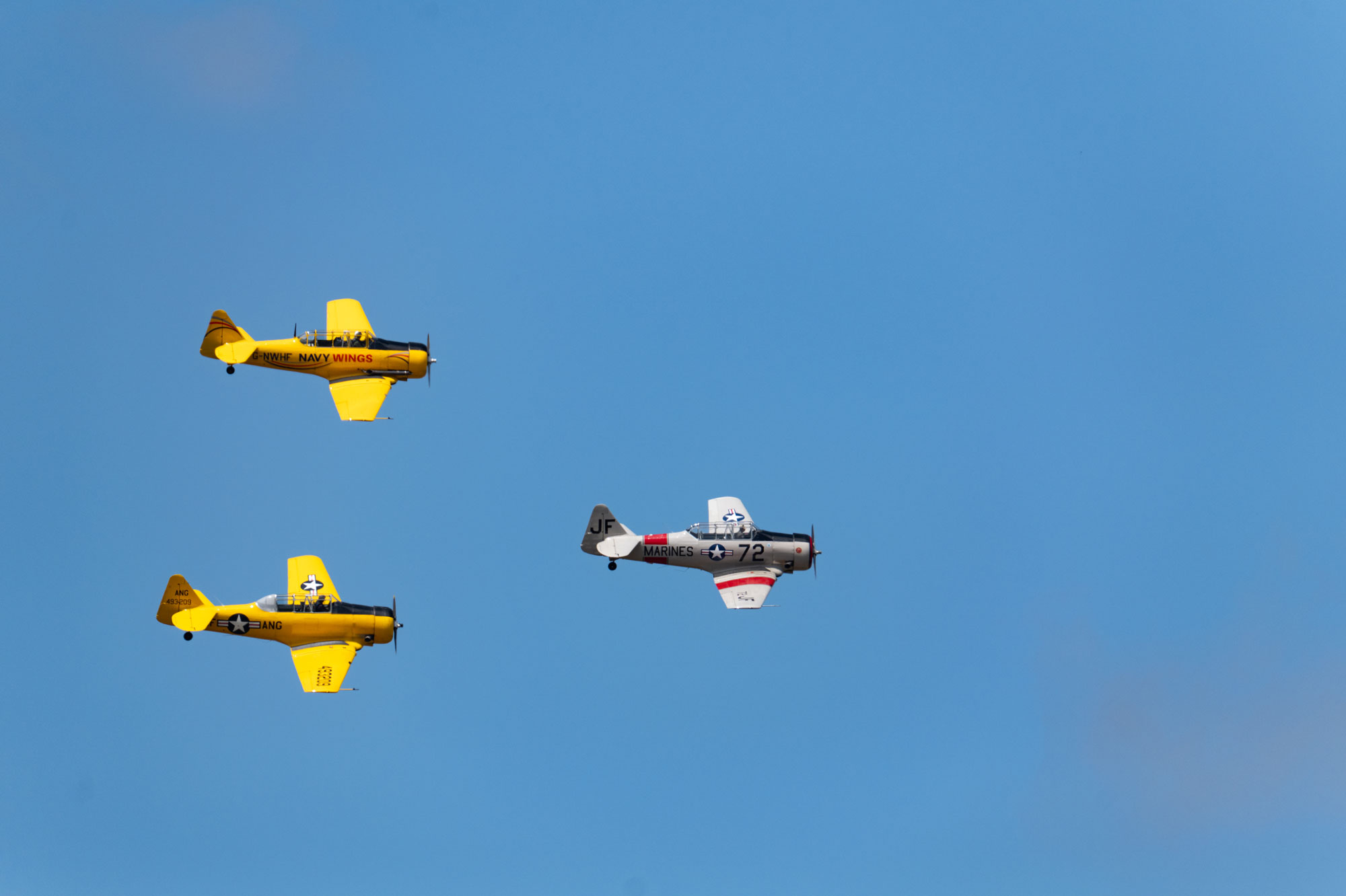
Amy Moore | Panasonic S1R II | Sigma 150-600mm f/5-6.3 DG DN OS SPORT | 508mm | f/8.0 | 1/2500 | ISO 400
In warmer conditions (we also took the camera to Headcorn Air Show, where temperatures reached 30°C ), the S1R II overheated, showing a warning message that prevented us from using video. This may not be a dealbreaker for some, but it did take the wind out of our sails in the middle of a shoot.
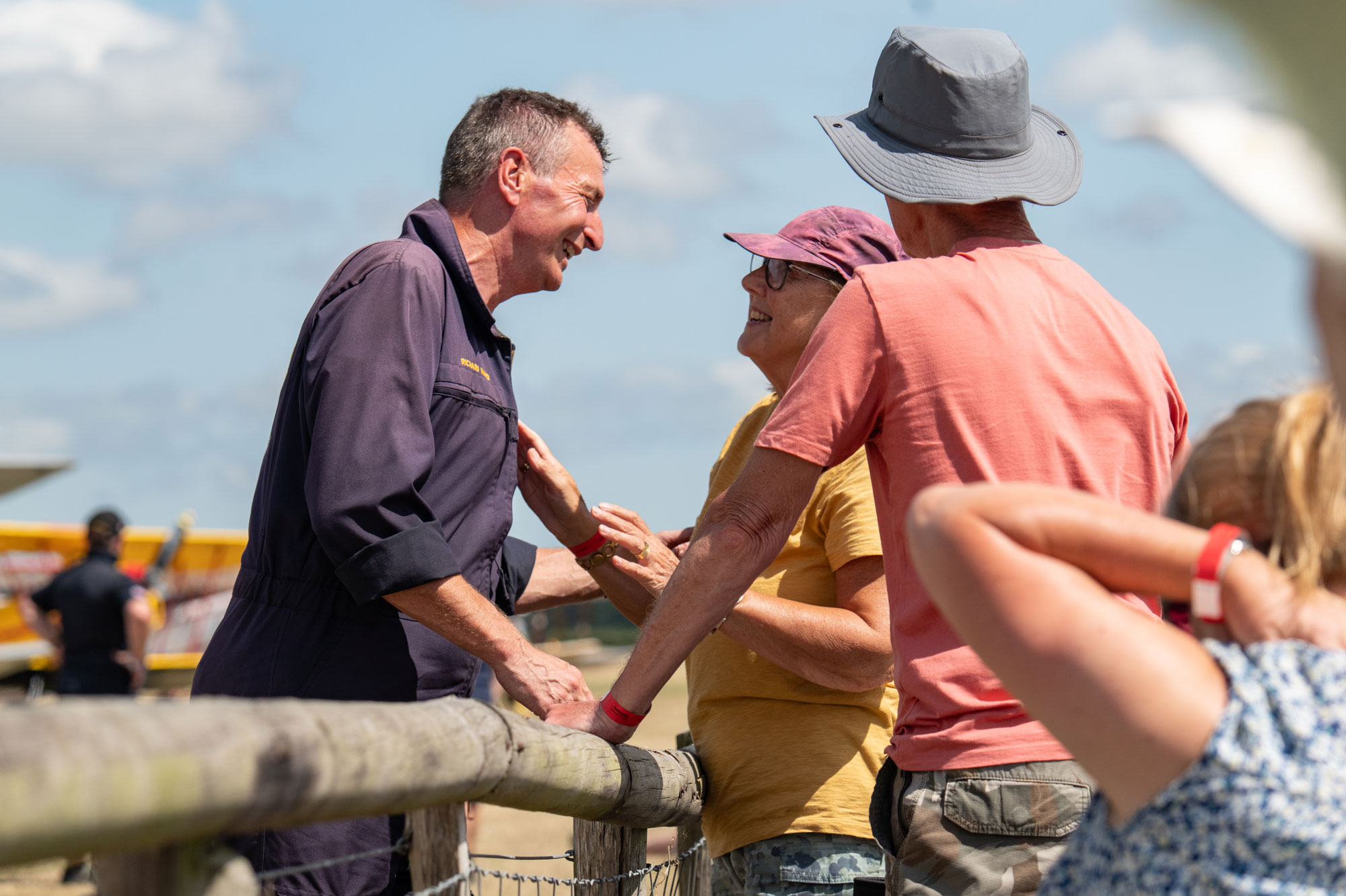
Amy Moore | Panasonic S1R II | Sigma 150-600mm f/5-6.3 DG DN OS SPORT | 163mm | f/7.1 | 1/2500 | ISO 640
If you’re planning long sessions in the heat, it’s something to be aware of. Rival models like the Canon EOS R5 Mark II or Sony A1 II offer similar video capabilities but handle thermals slightly better.
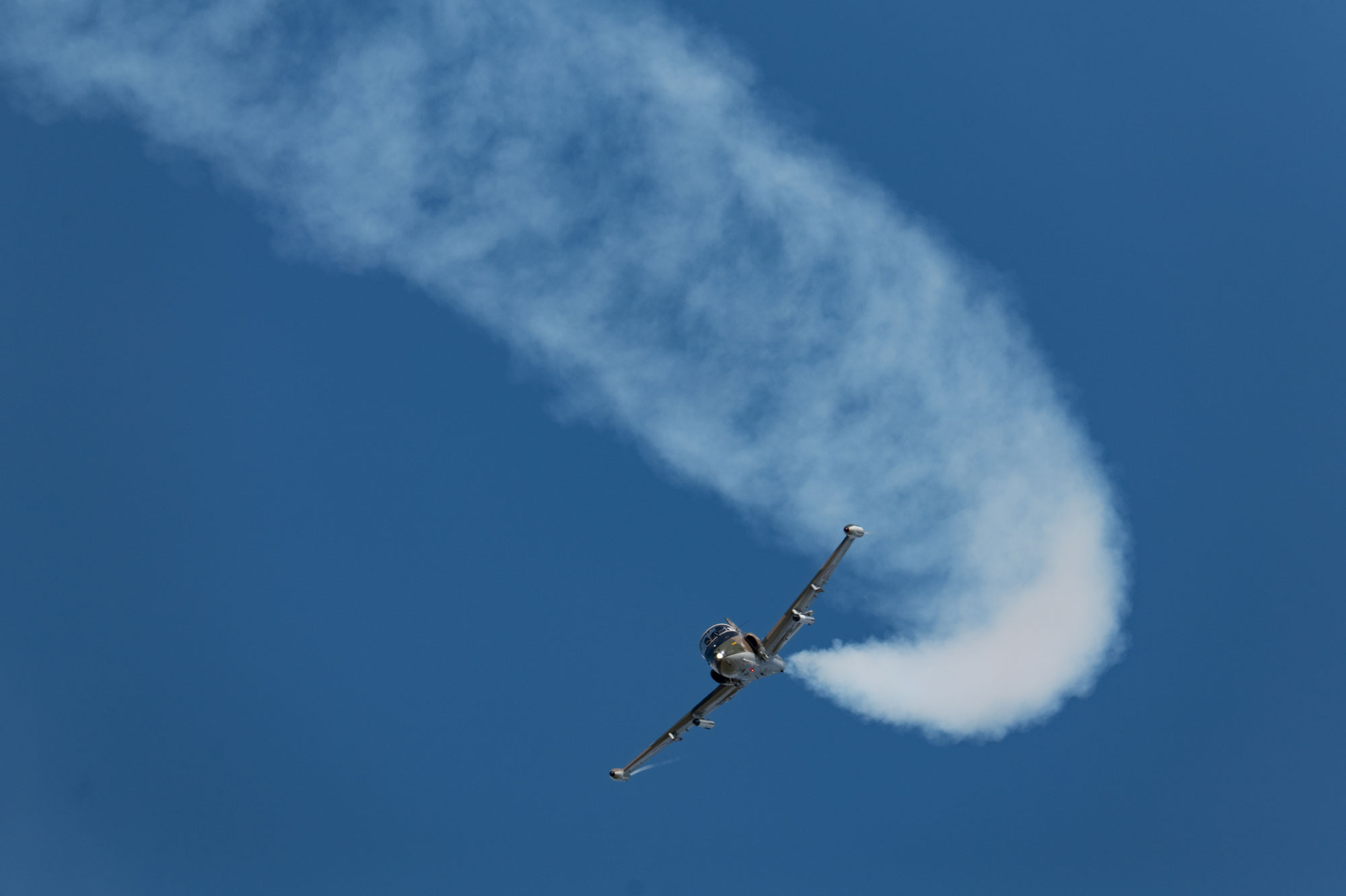
Amy Moore | Panasonic S1R II | Sigma 150-600mm f/5-6.3 DG DN OS SPORT | 600mm | f/10 | 1/1250 | ISO 400
Who Is The Panasonic S1R II For?
The Panasonic S1R II is great for landscape photographers, editorial and product photographers and hybrid photographer-videographers.
But if you mainly shoot video or spend your time on sports and wildlife photography, the S1R II probably isn’t the right fit. But if you shoot mainly stills and want high resolution with plenty of features, it makes a lot more sense.
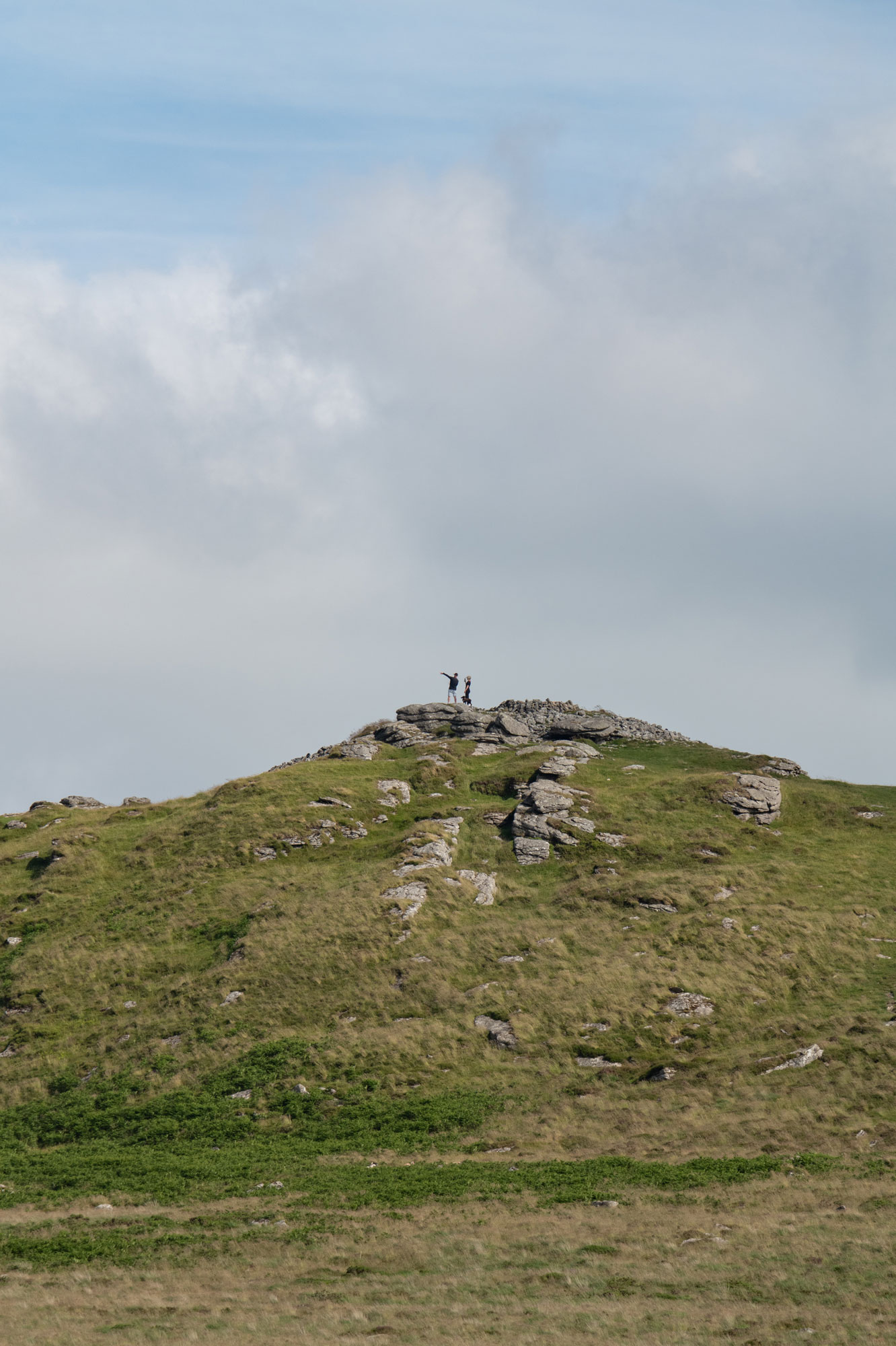
Amy Moore | Panasonic S1R II | Sigma 150-600mm f/5-6.3 DG DN OS Sport | 344mm | f/8.0 | 1/1250 | ISO 500
If your split is more like 80% stills with a bit of video, the Canon EOS R5 might be the safer all-rounder. But if you’re closer to 60/40 and want more video options, the S1R II has a lot to give. It’s big and a bit heavy, but once you get used to it, it’s dependable.
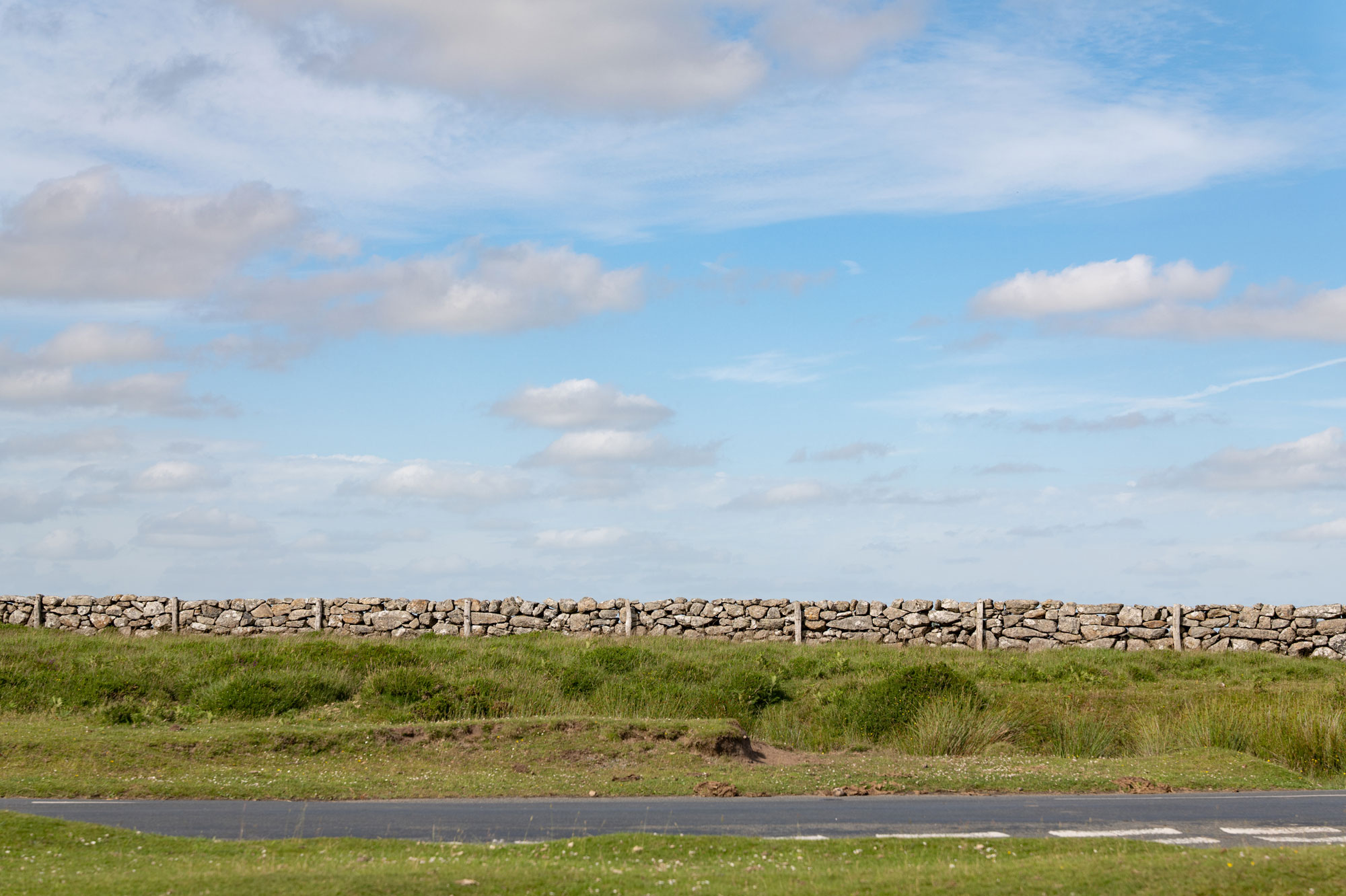
Amy Moore | Panasonic S1R II | Leica Vario-Elmarit-SL 24-70mm f/2.8 ASPH | 70mm | f/5.0 | 1/800 | ISO 100
Sample Images
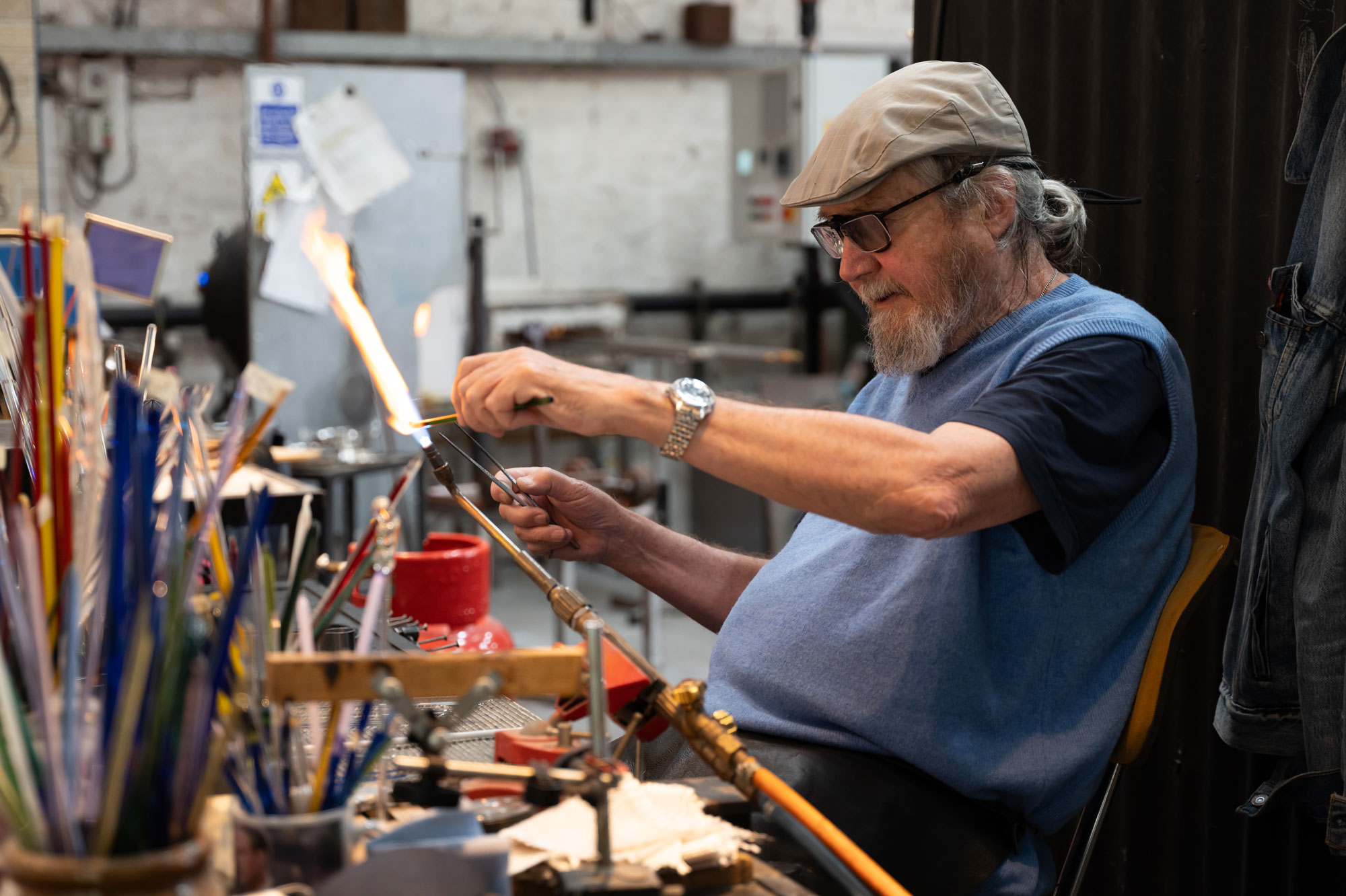
Amy Moore | Panasonic S1R II | Leica Vario-Elmarit-SL 24-70mm f/2.8 ASPH | 54mm | f/2.8 | 1/320 | ISO 640
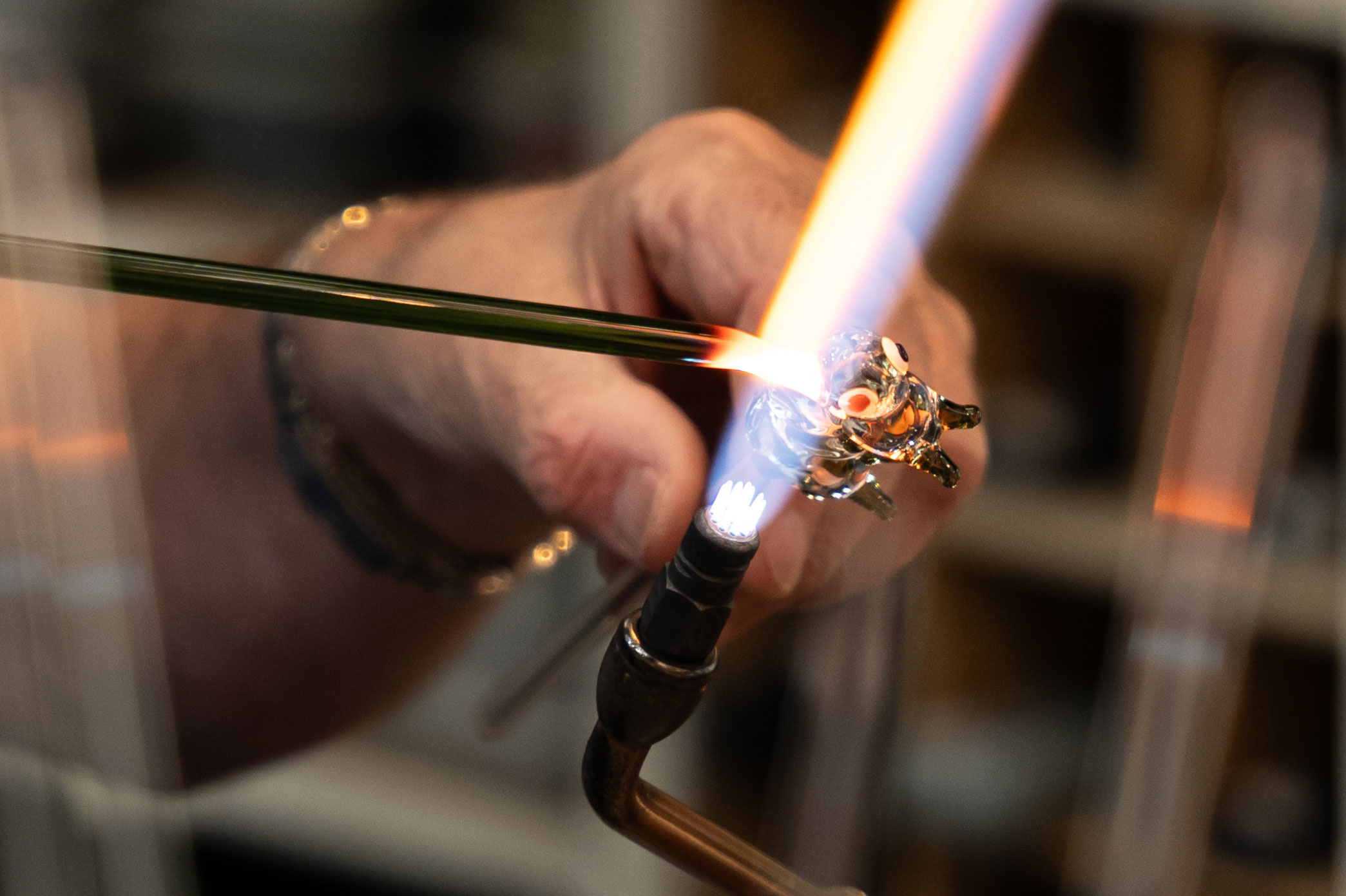
Amy Moore | Panasonic S1R II | Leica Vario-Elmarit-SL 24-70mm f/2.8 ASPH | 70mm | f/2.8 | 1/320 | ISO 640
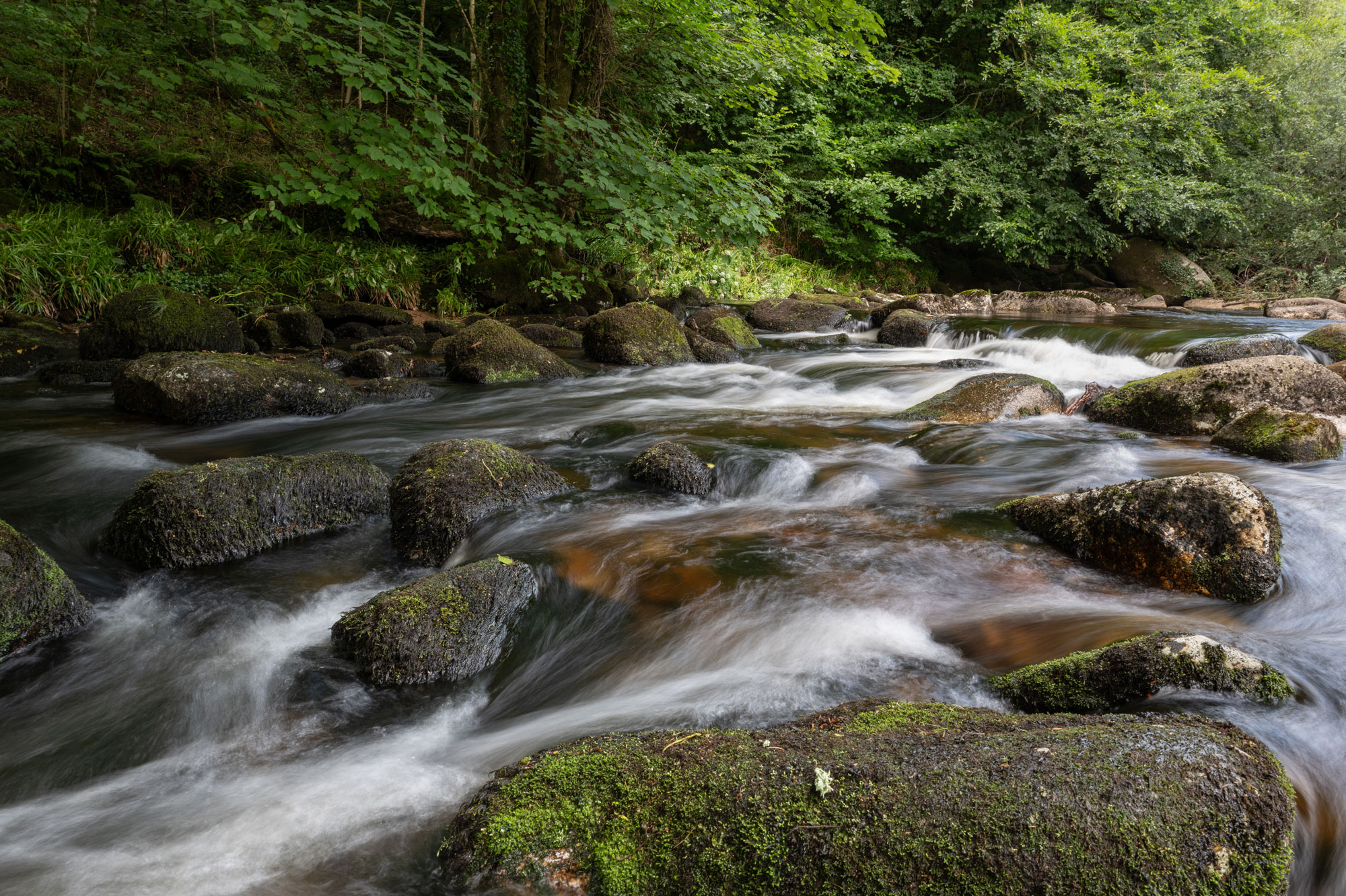
Amy Moore | Panasonic S1R II | Leica Vario-Elmarit-SL 24-70mm f/2.8 ASPH | 44mm | f/18 | 3/5 sec | ISO 80
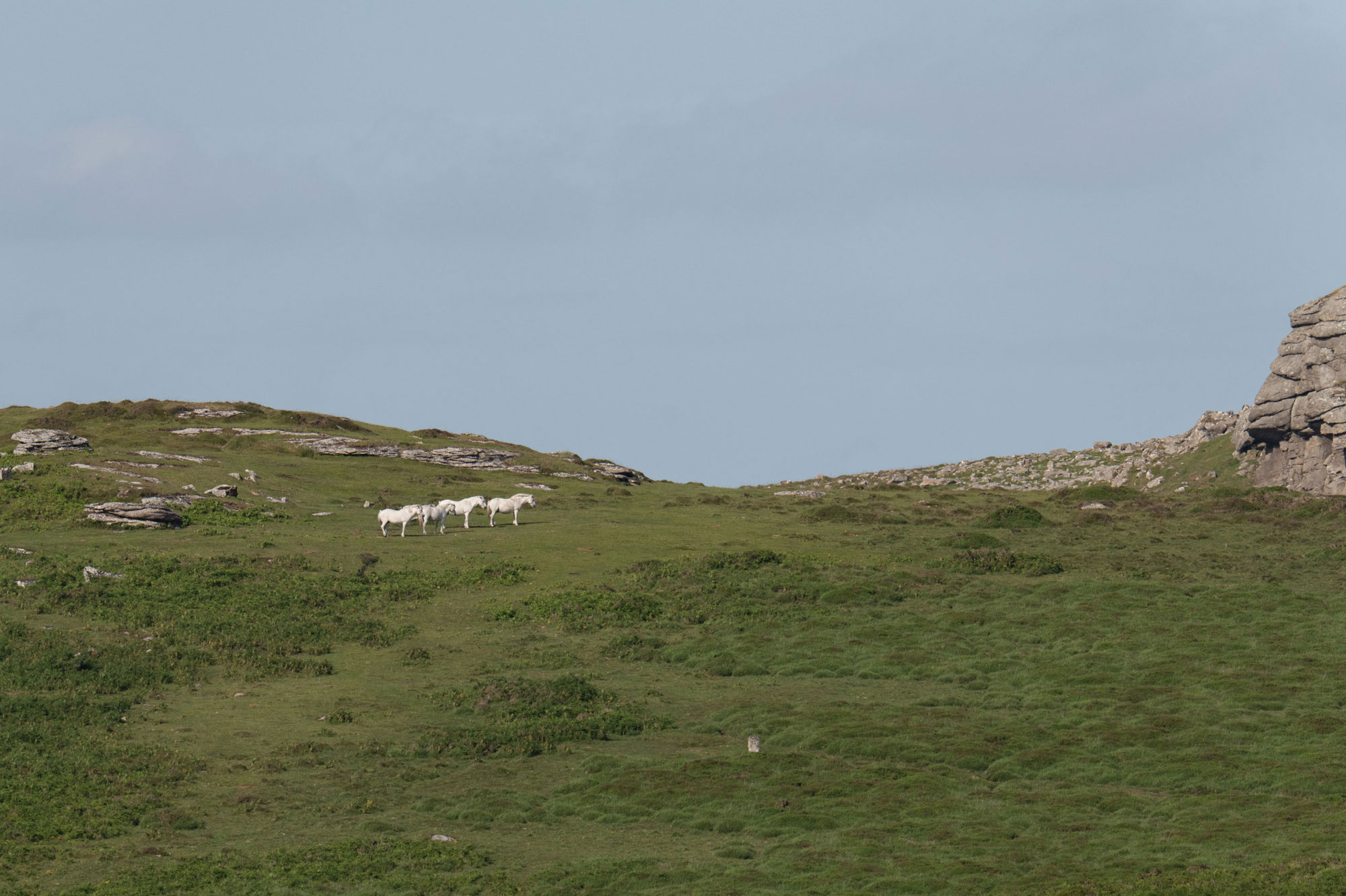
Amy Moore | Panasonic S1R II | Sigma 150-600mm f/5-6.3 DG DN OS Sport | 600mm | f/9.0 | 1/1250 | ISO 500
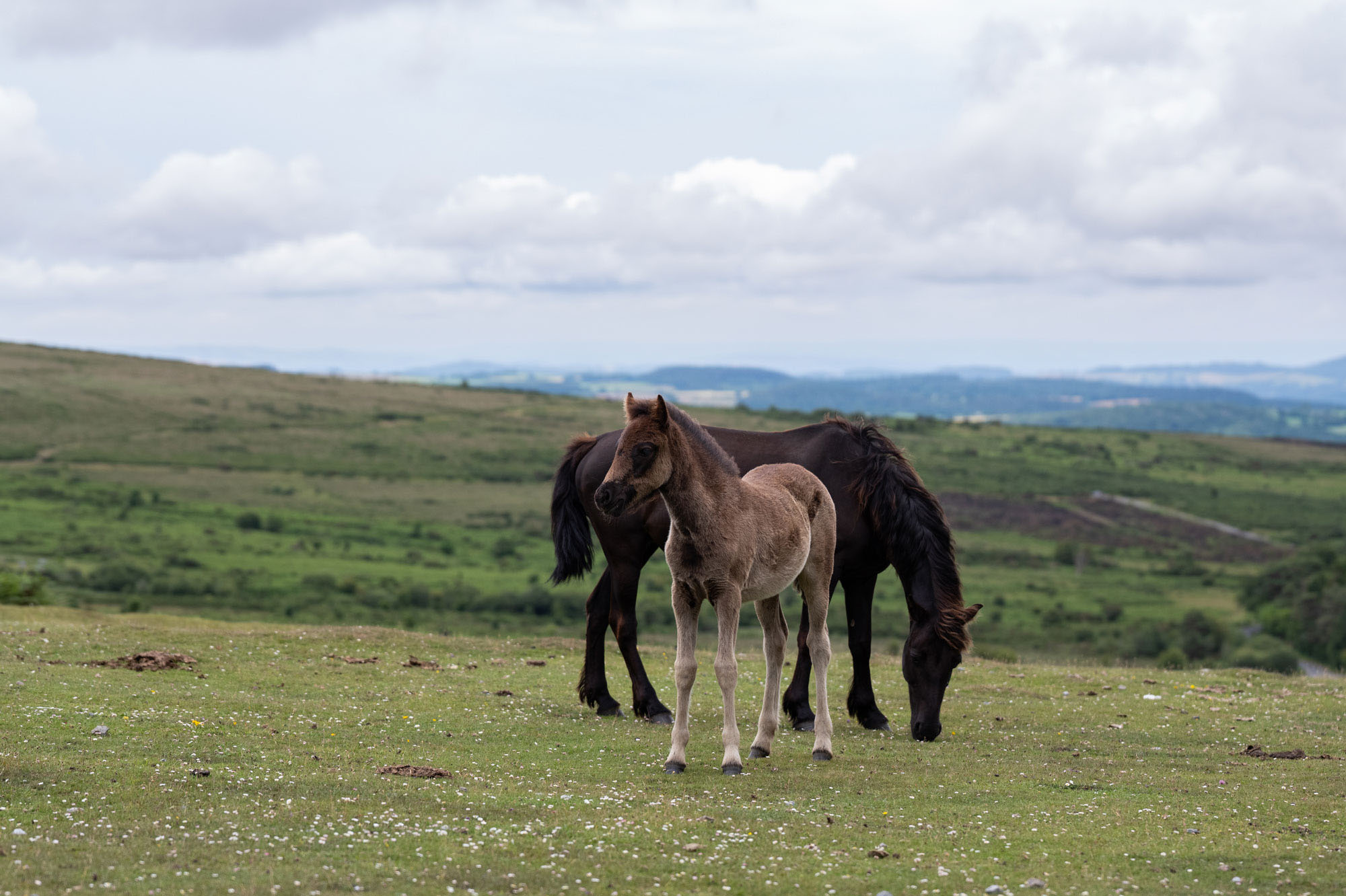
Amy Moore | Panasonic S1R II | Sigma 150-600mm f/5-6.3 DG DN OS Sport | 600mm | f/9.0 | 1/1250 | ISO 500
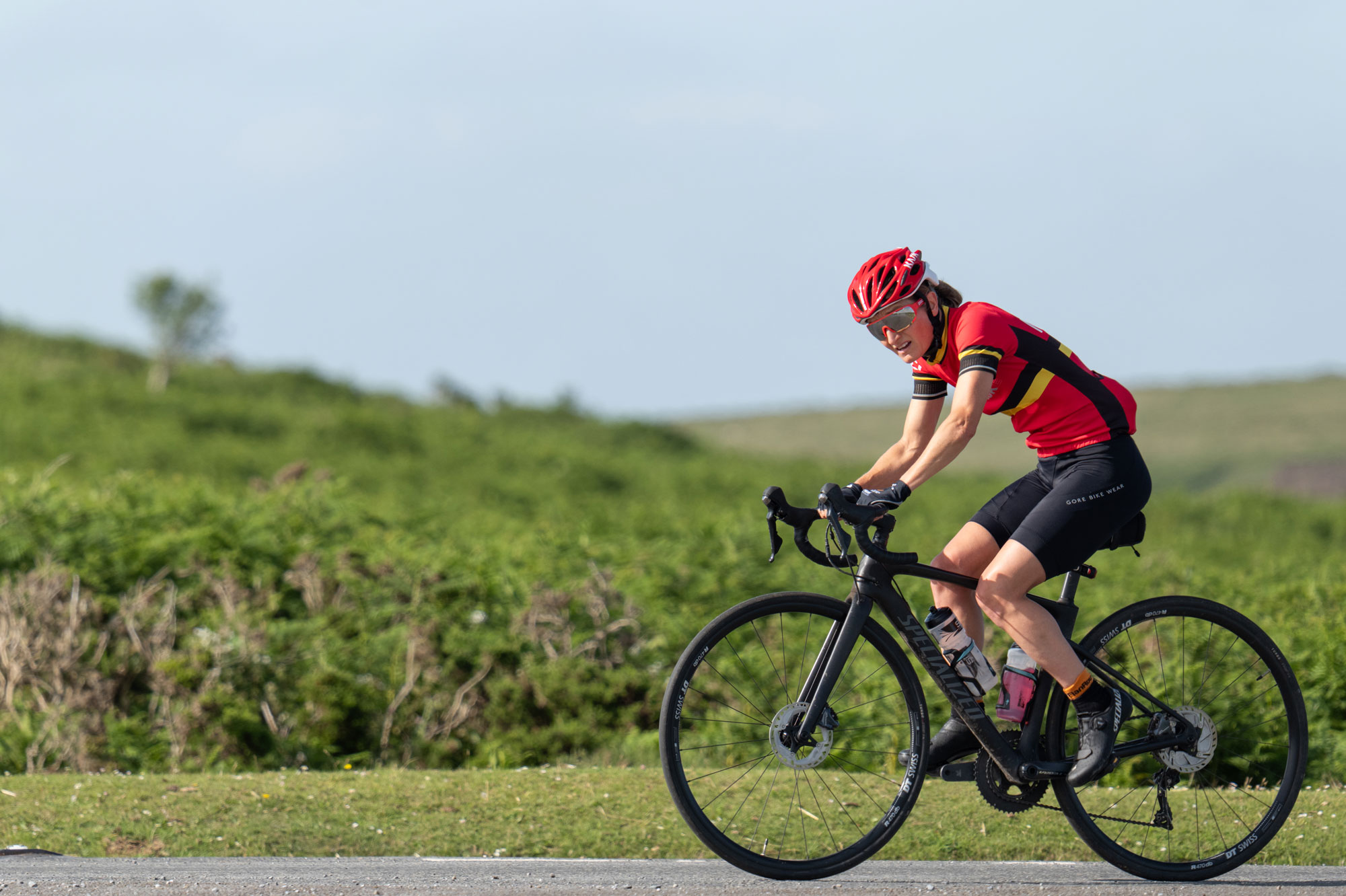
Amy Moore | Panasonic S1R II | Sigma 150-600mm f/5-6.3 DG DN OS Sport | 442mm | f/7.1 | 1/1250 | ISO 400
S1R II Alternatives
Offering broadly similar specs, the Canon EOS R5 Mark II is a great option. It weighs 226g less than the S1R II, but the Canon’s quite a bit more expensive. Want to know more? Check out our Canon EOS R5 Mark II review.
The Sony A7R V's low-light performance and high ISO performance rival the S1R II’s. Read our Sony A7R V review.
Panasonic also released two siblings alongside the S1R II. They’re the Panasonic S1 II, a faster all-rounder, and the Panasonic S1 II E, which is a more limited but affordable entry point into the system.
The Panasonic S1R II isn’t perfect, but it’s capable. I wasn’t always hugely excited by it, but I trusted it. And, in the world of professional cameras, that says a lot. It won’t suit everyone, but if you need high-resolution stills, reliable video features and a camera that can handle some rough and tumble (at least outside of hotter climates), go for it.
While you’re here, learn about low light photography and check out our Panasonic S1R review. Or, read more camera gear guides on the MPB content hub.
You can sell or trade your camera kit to MPB. Get a free instant quote, get free insured shipping to MPB and get paid within days.